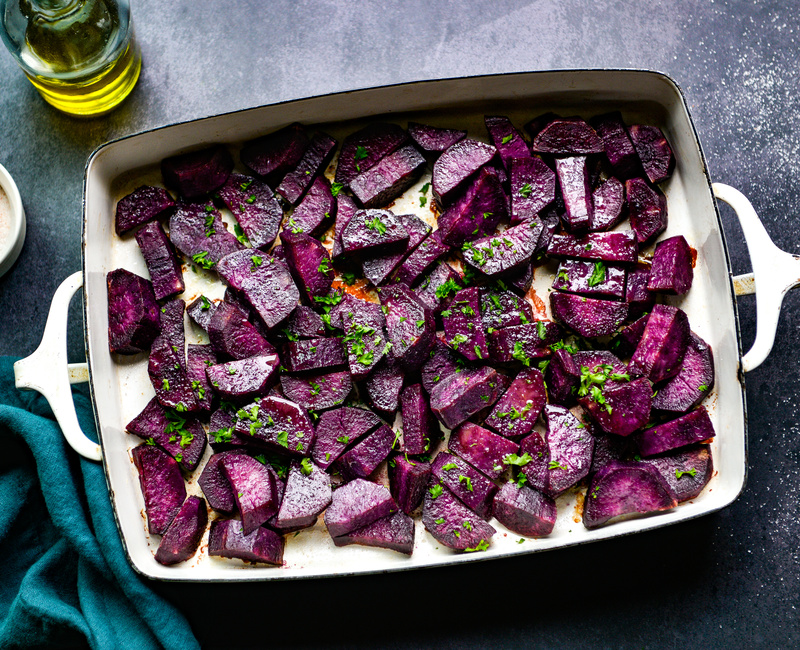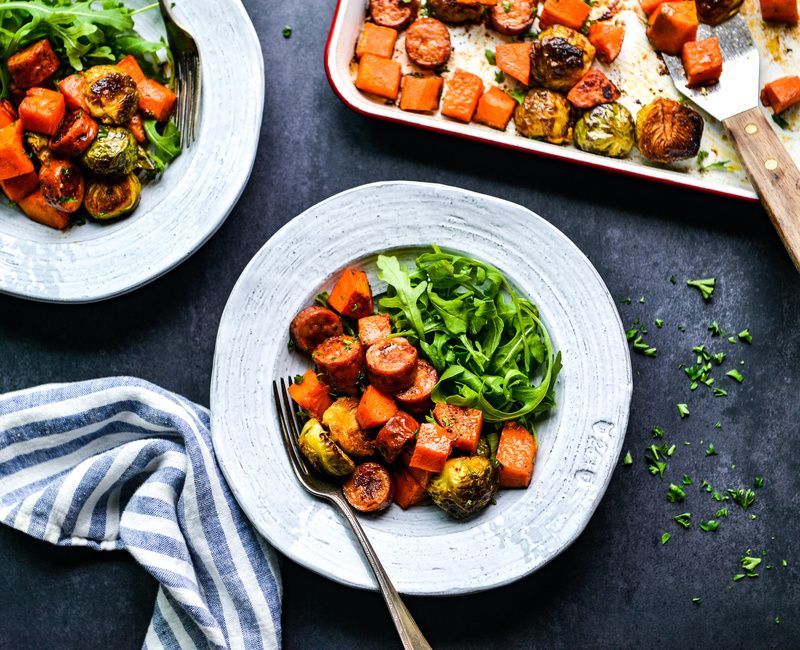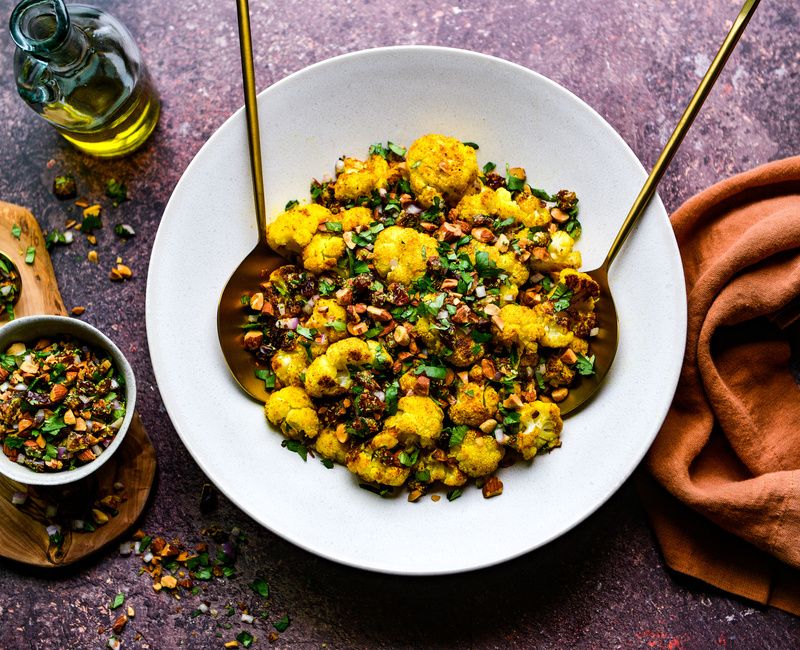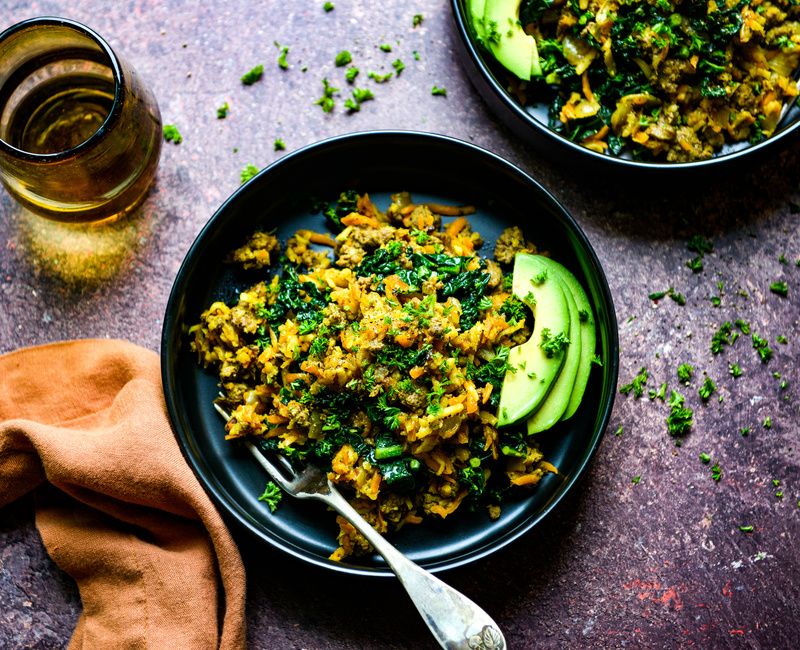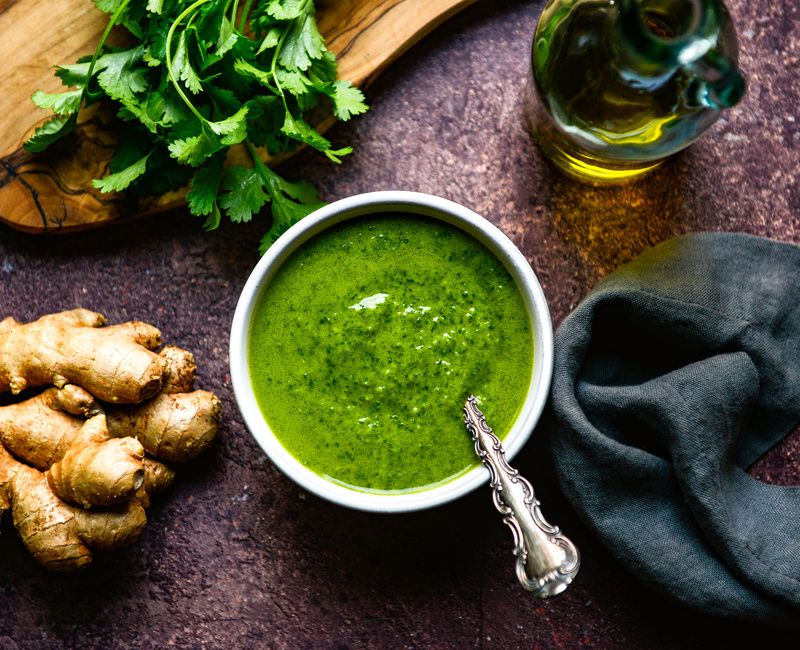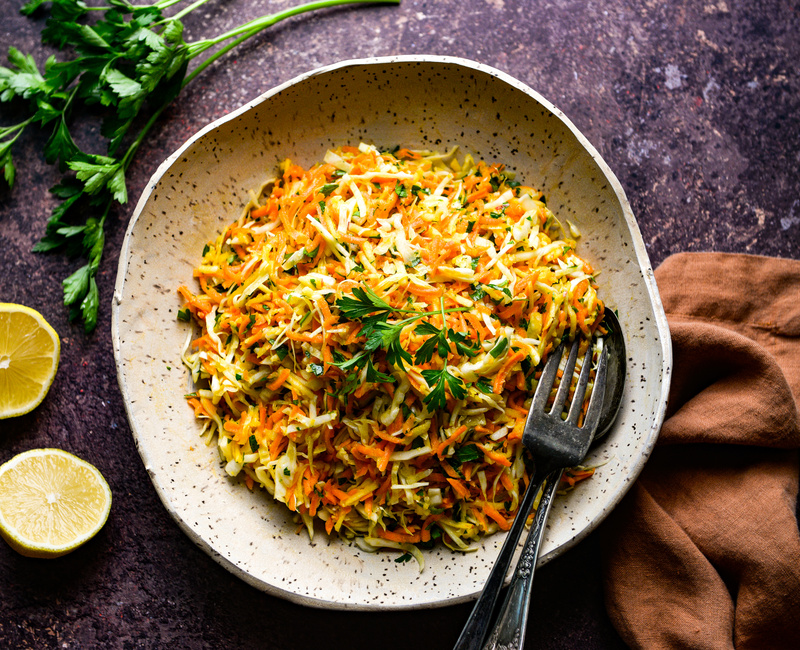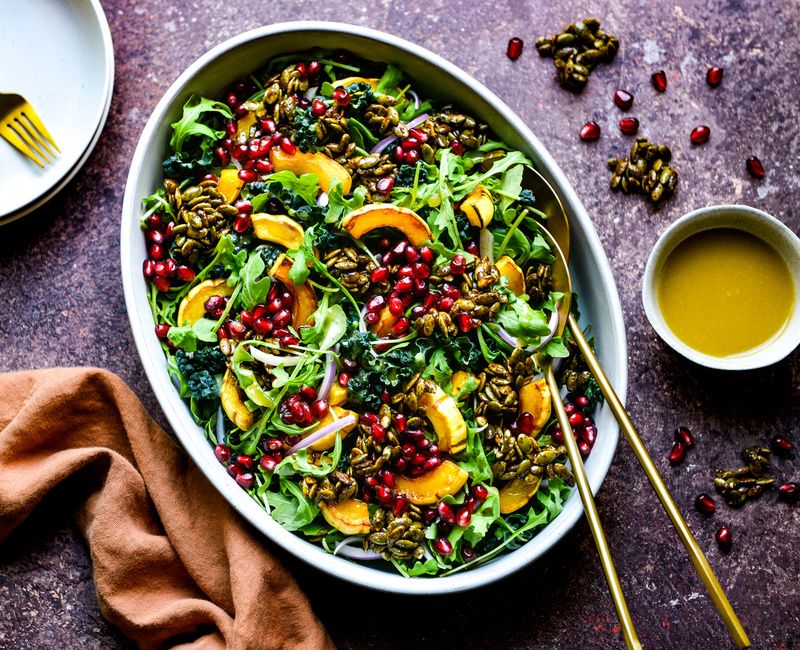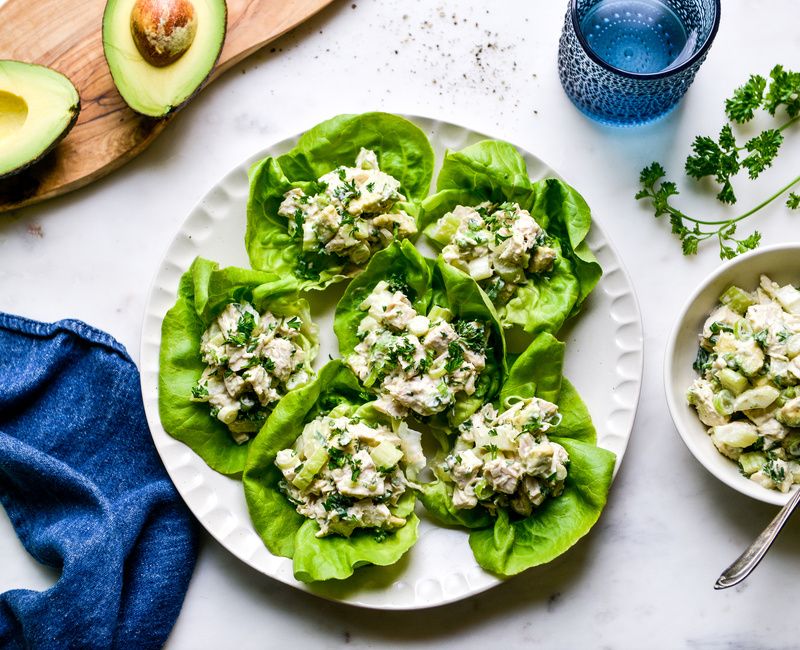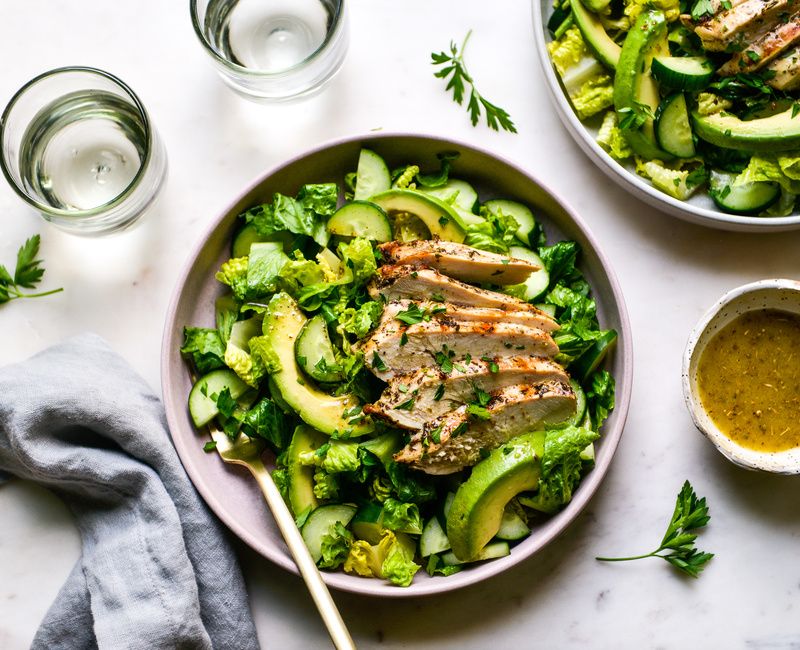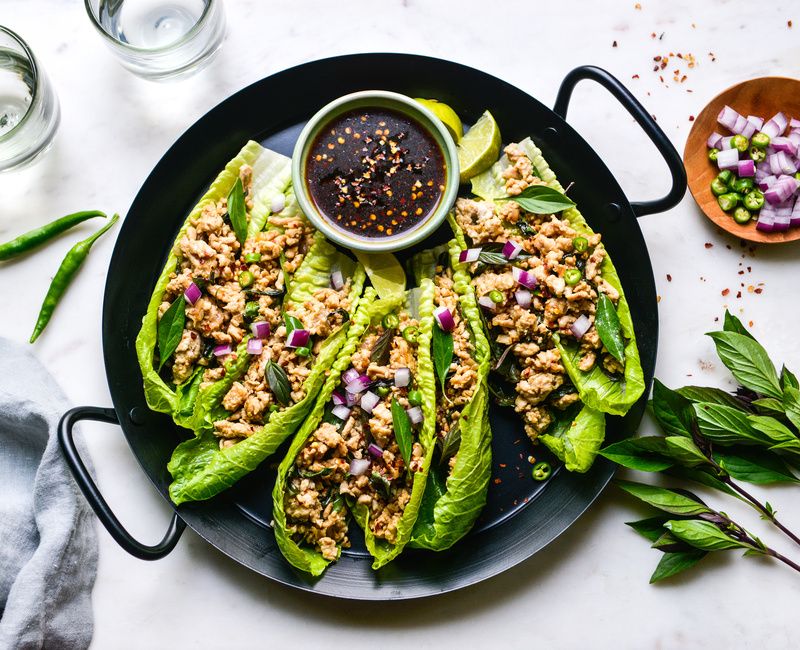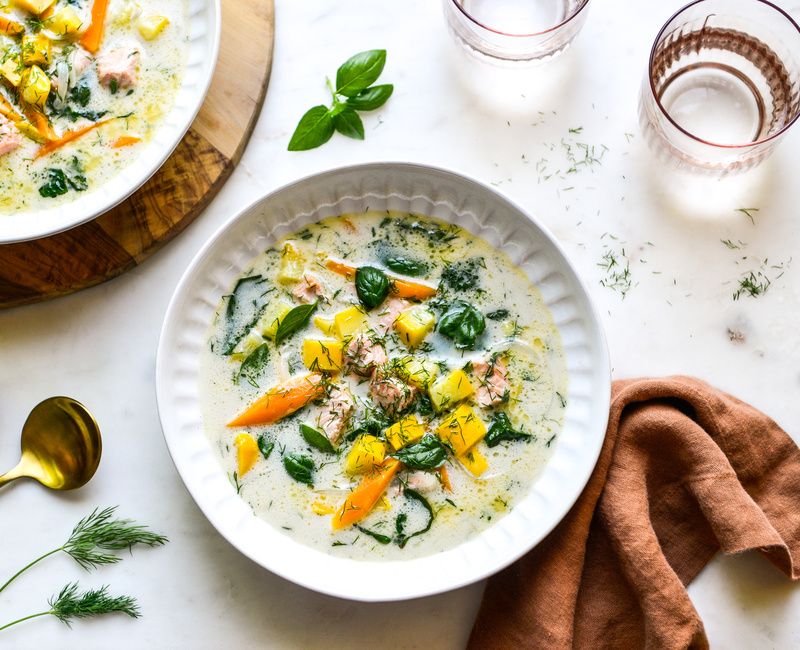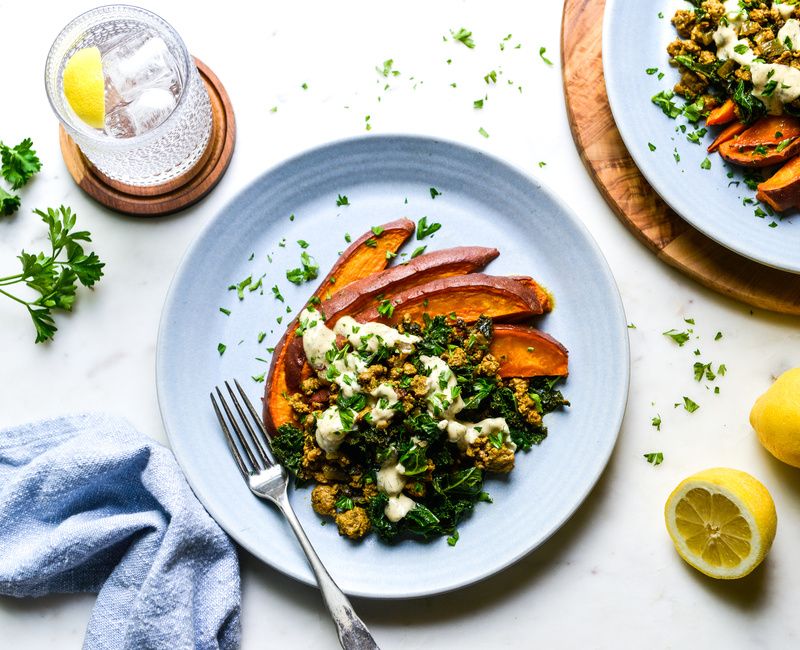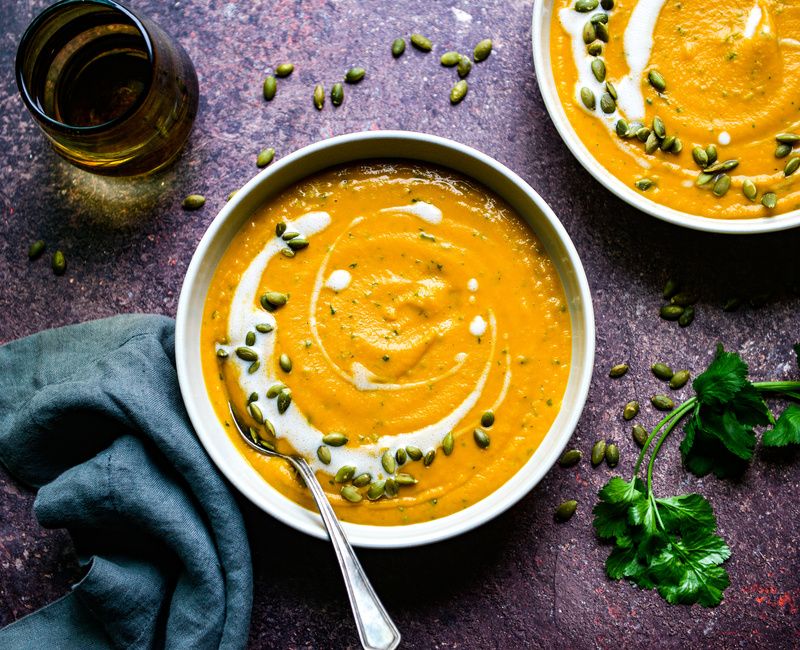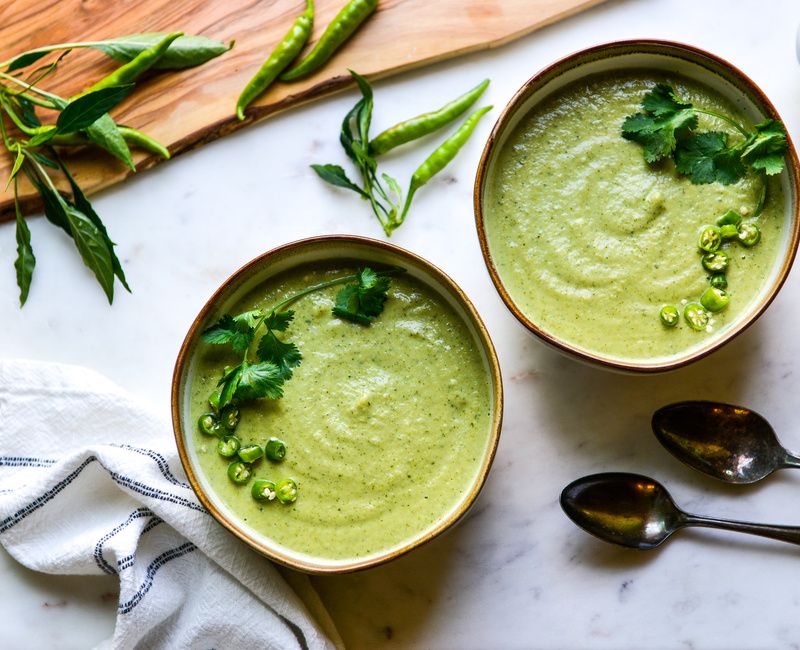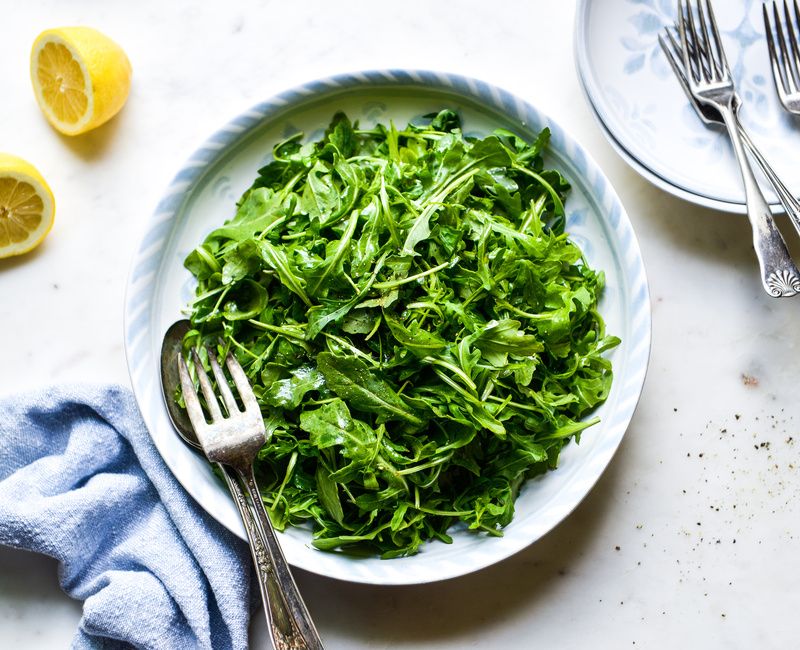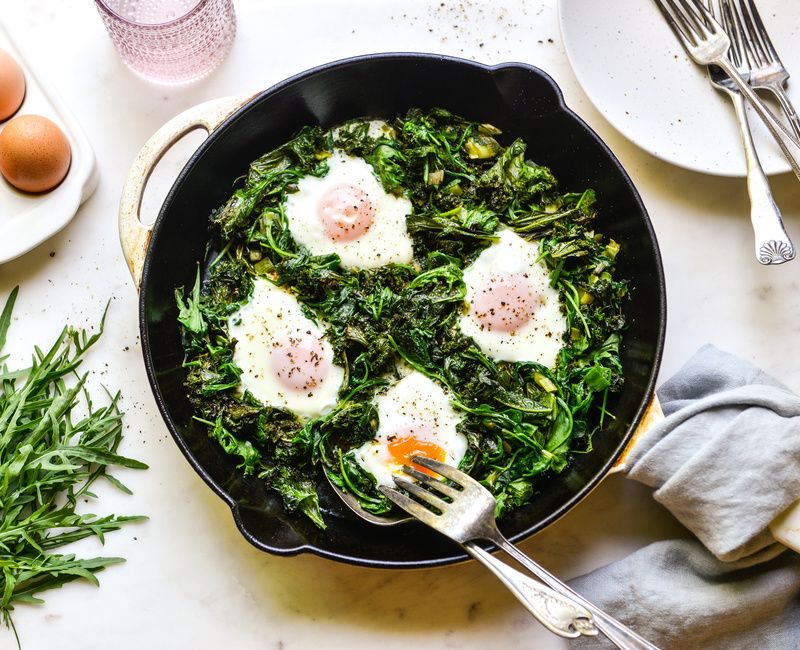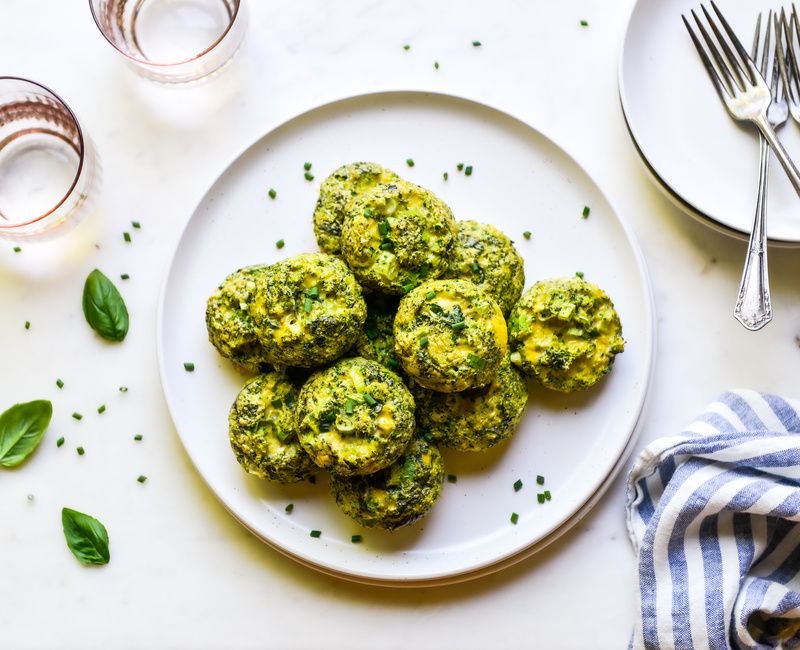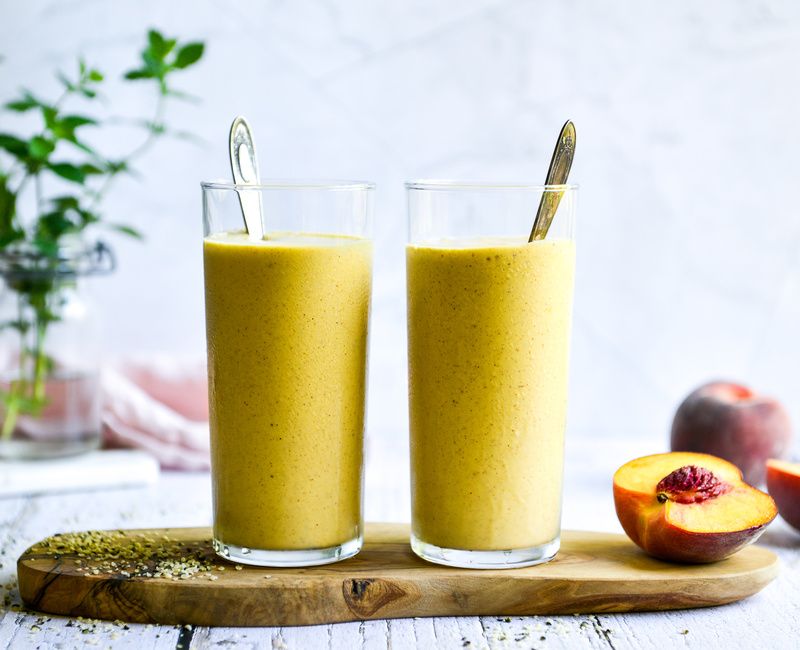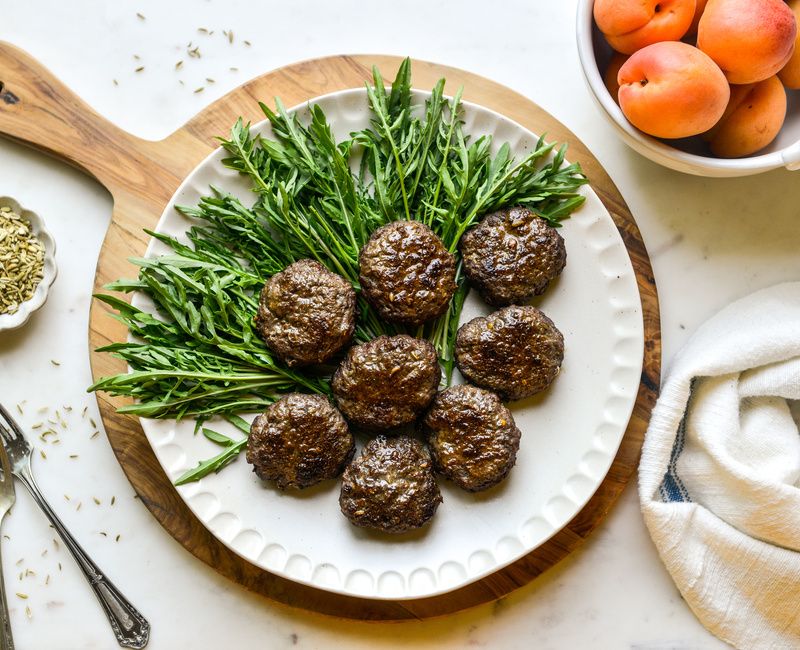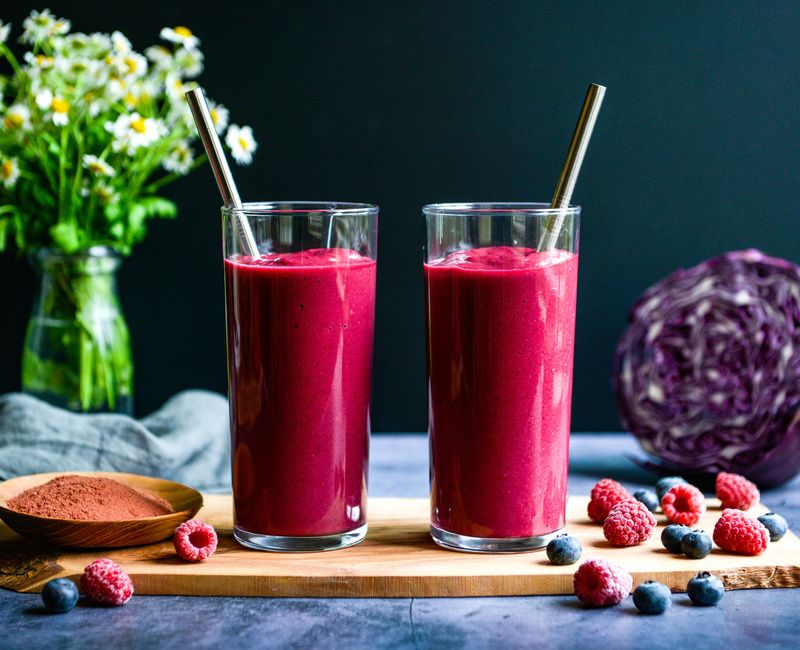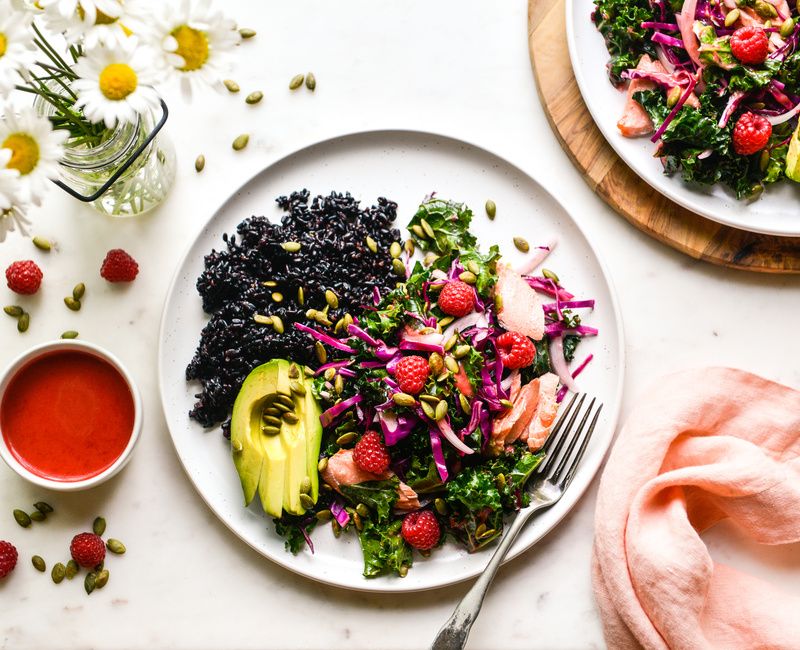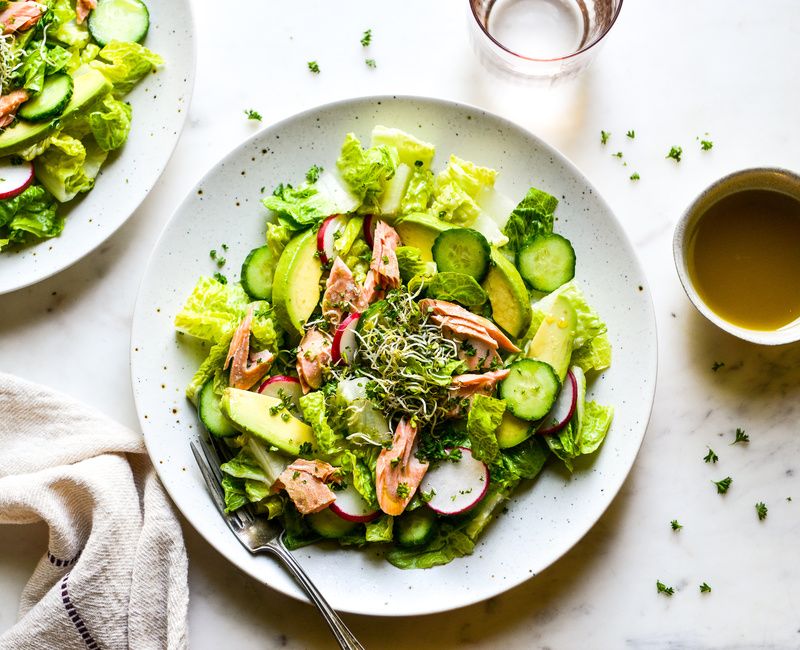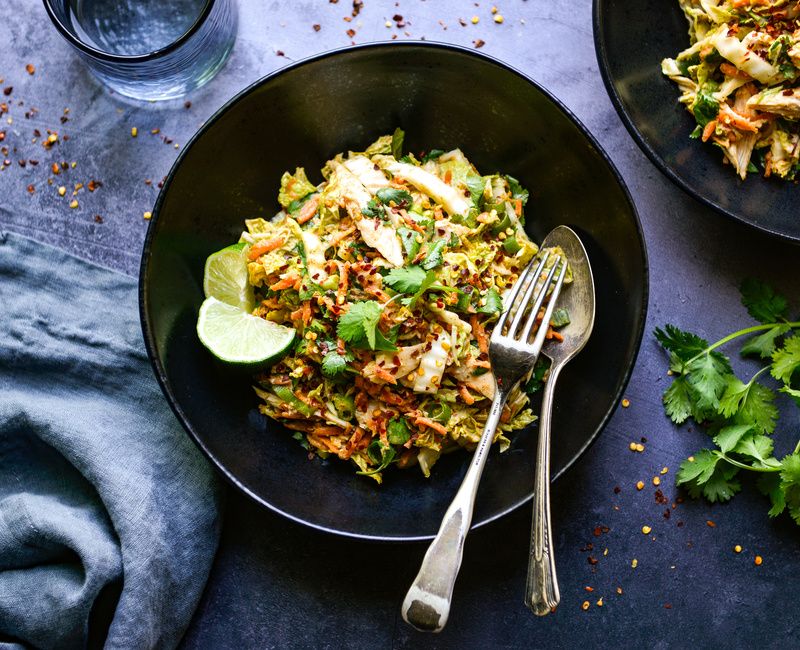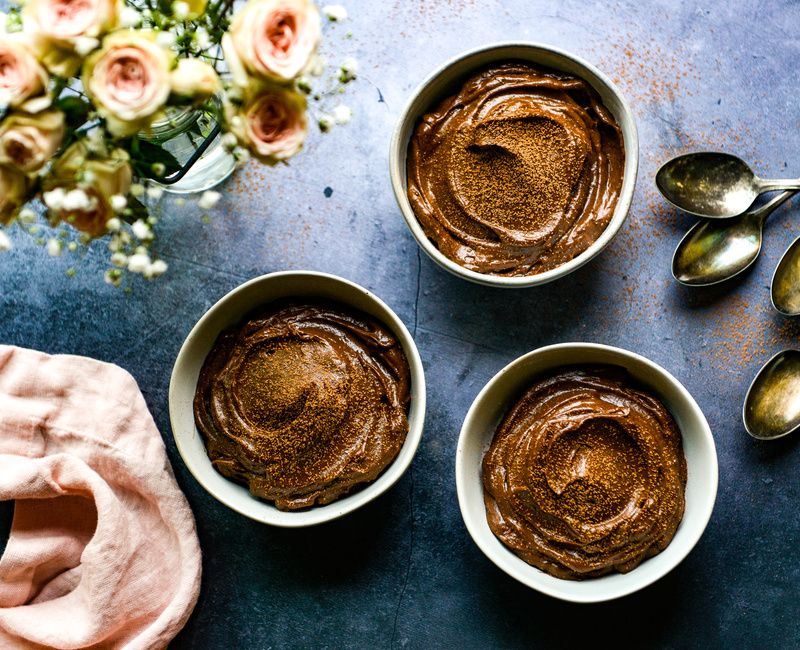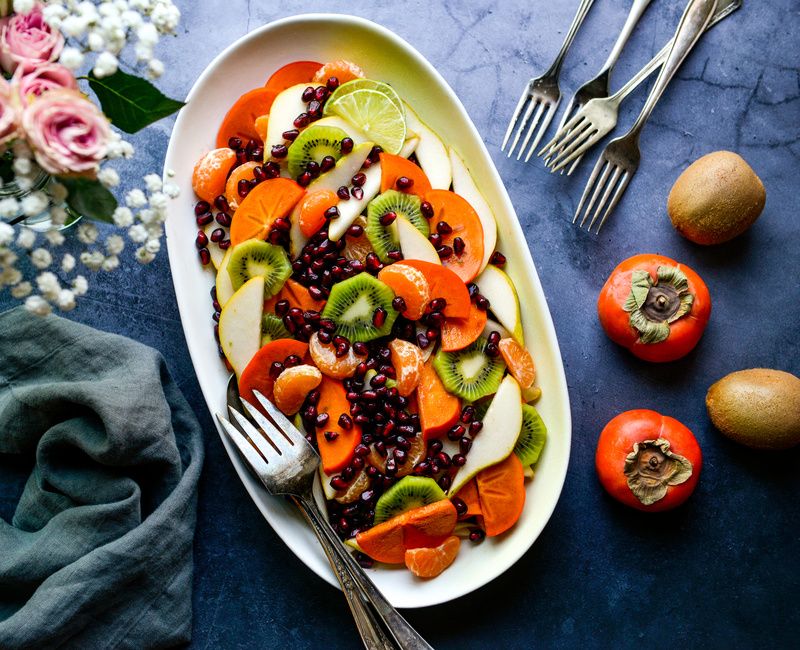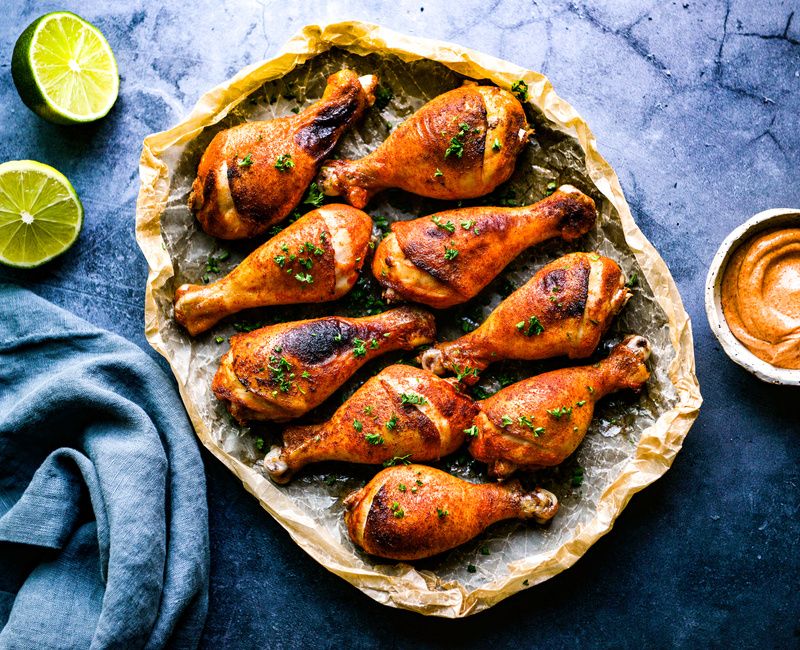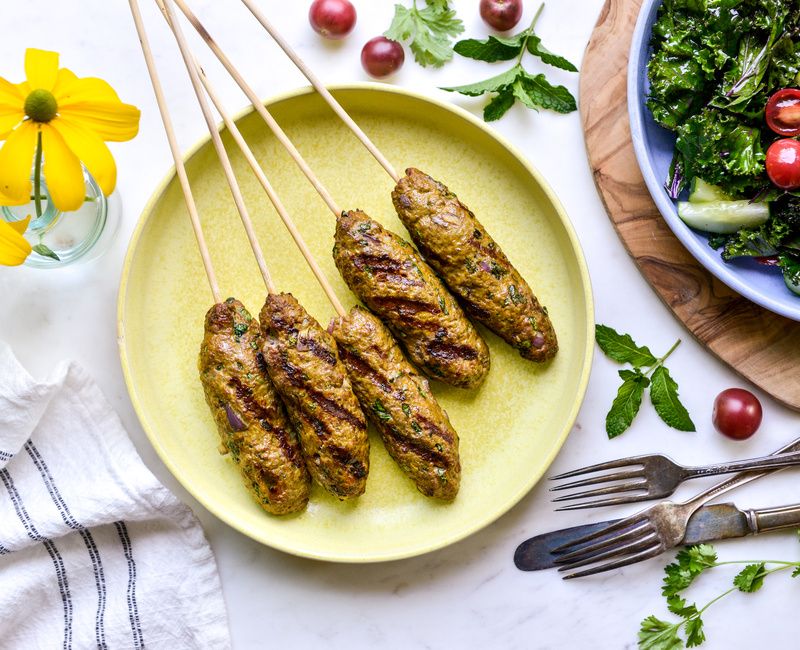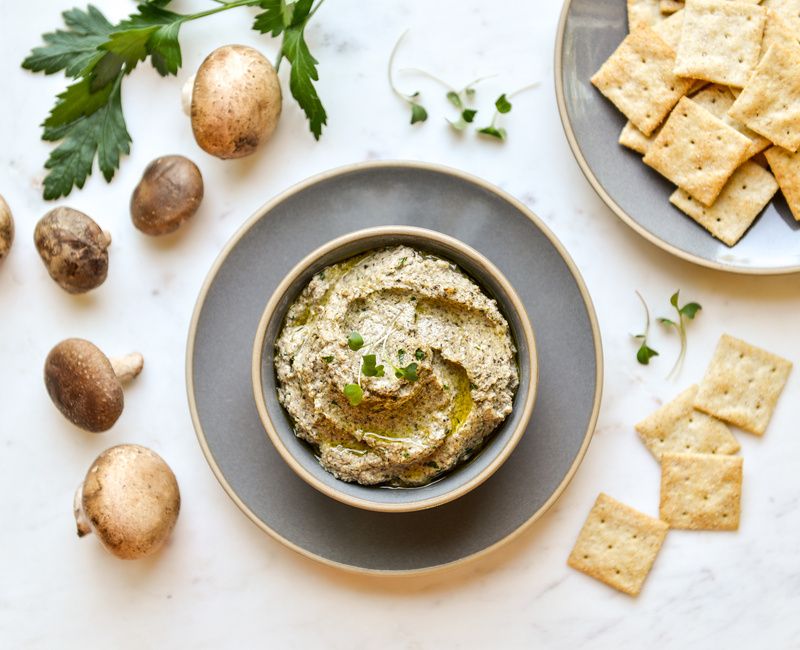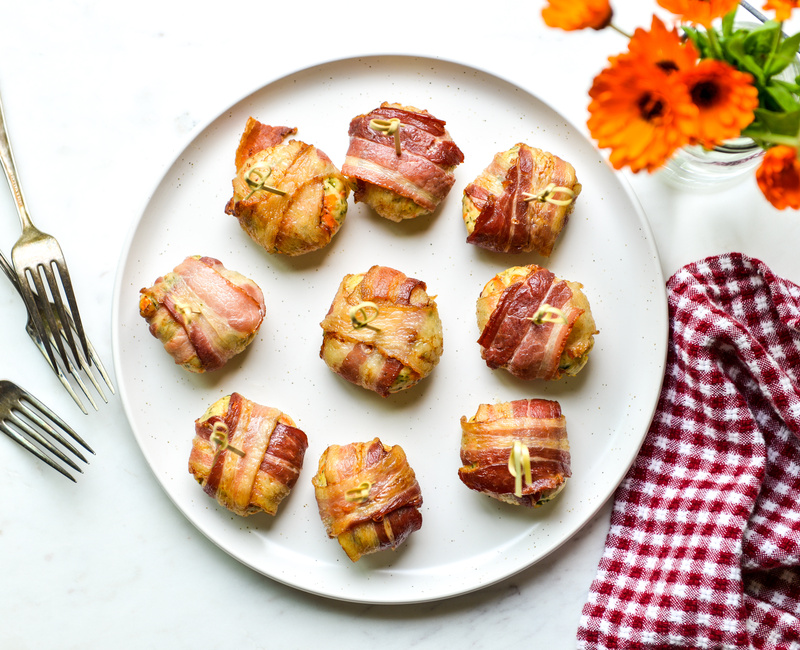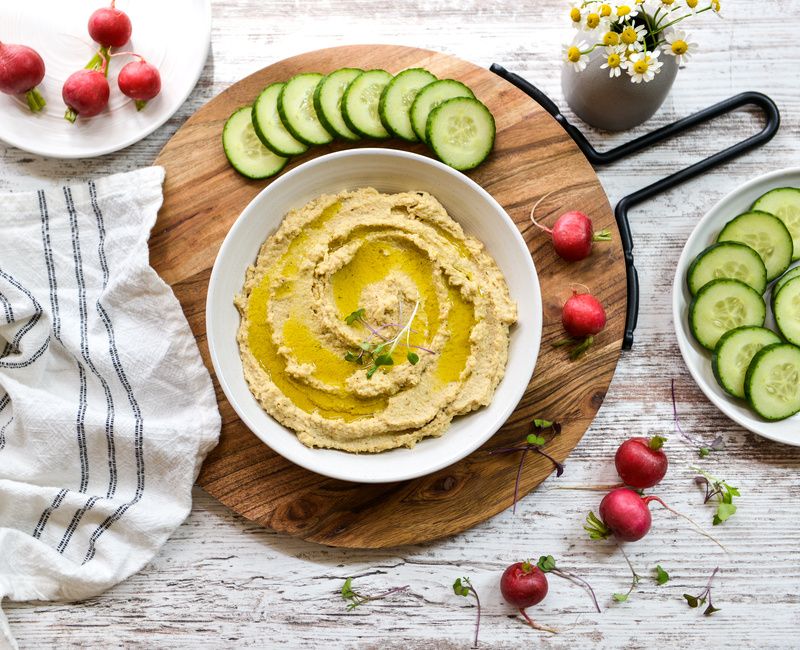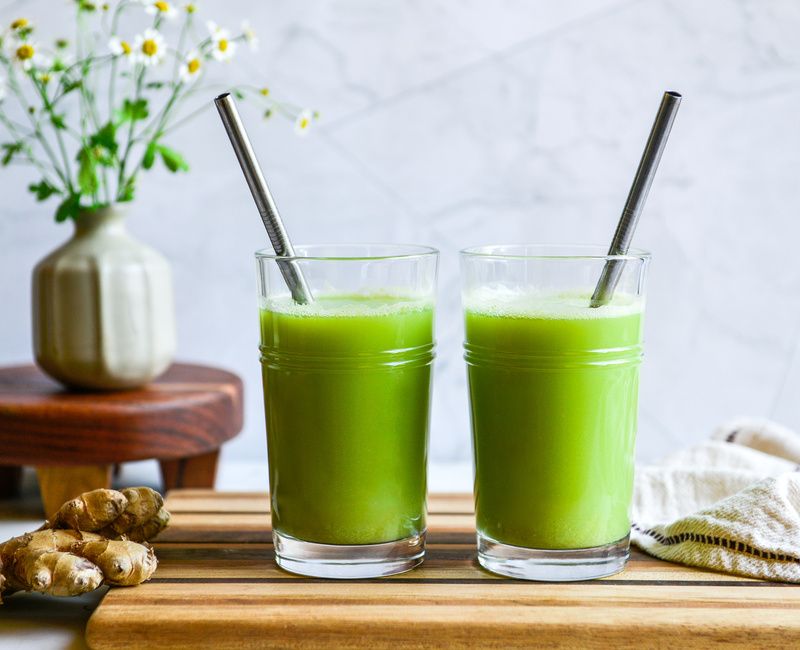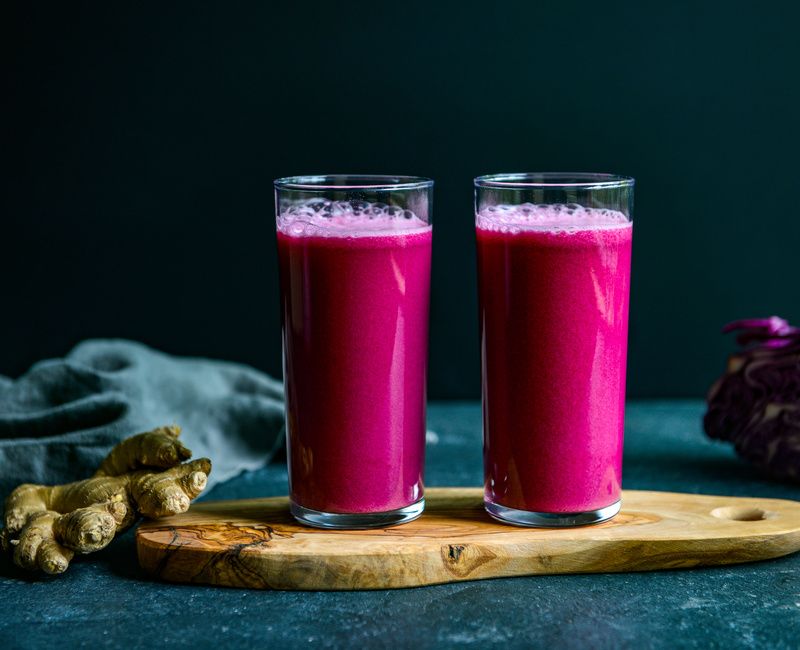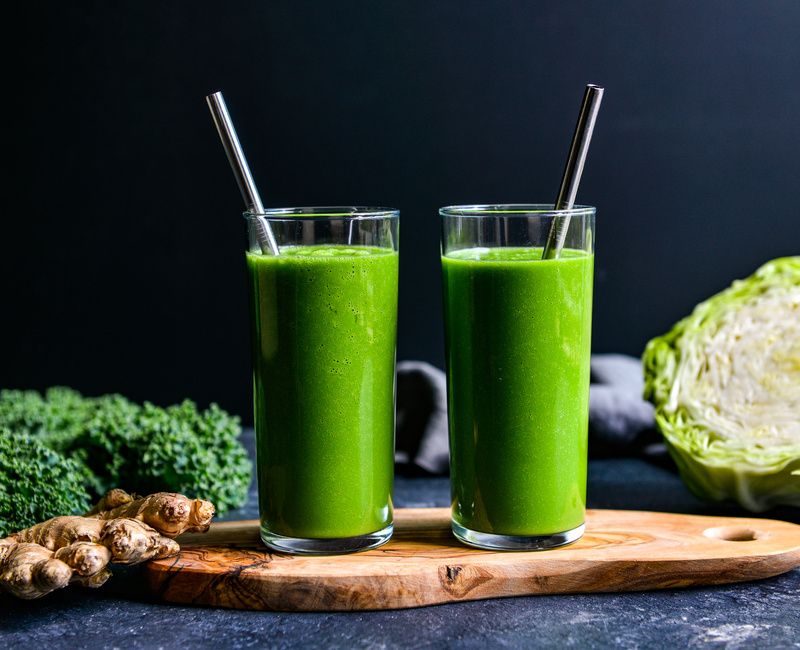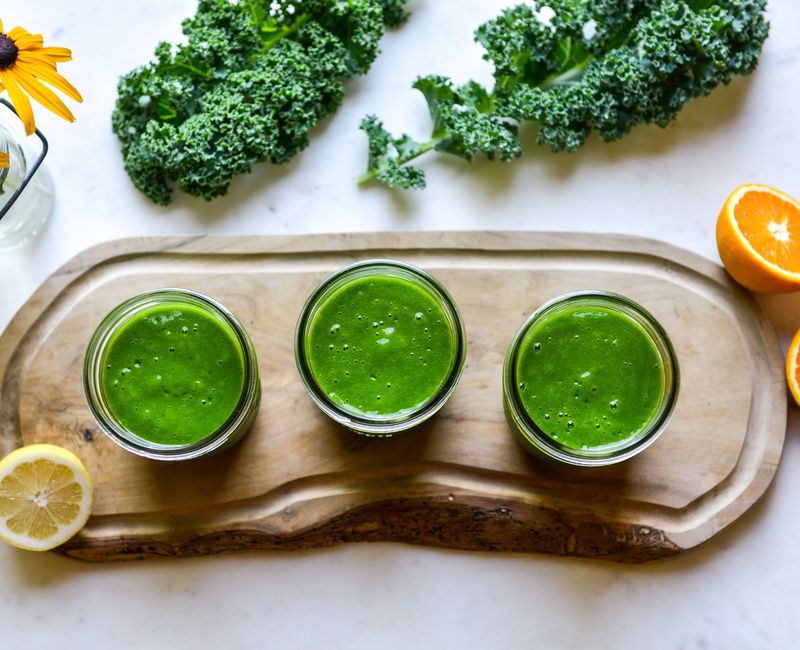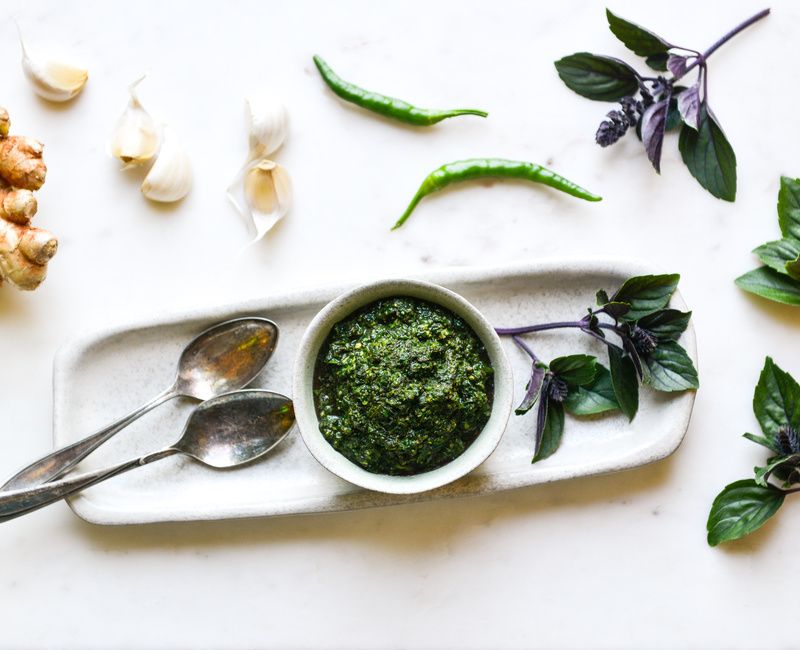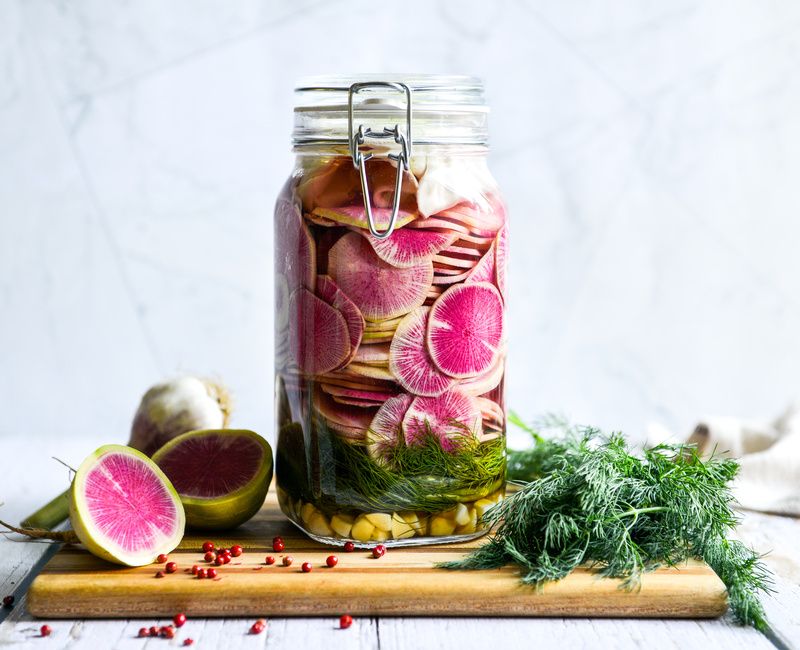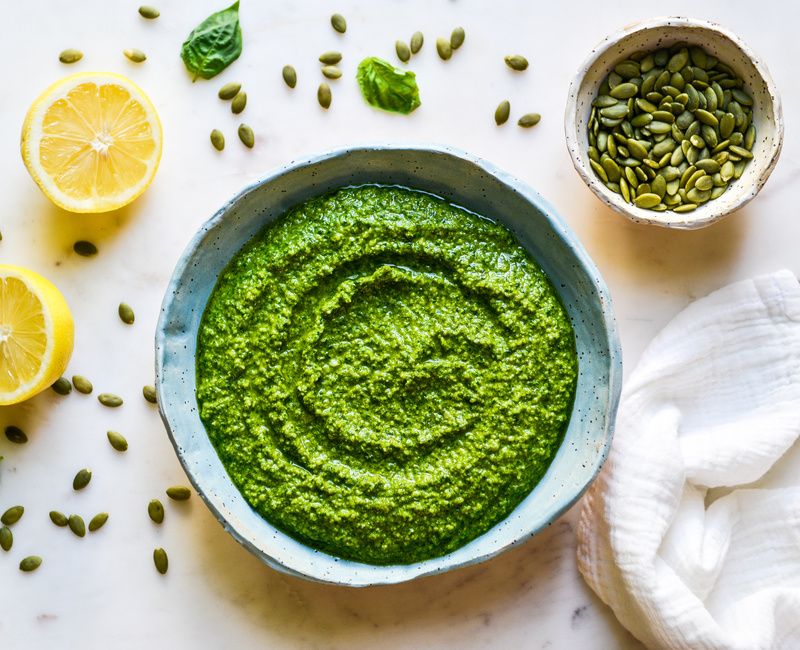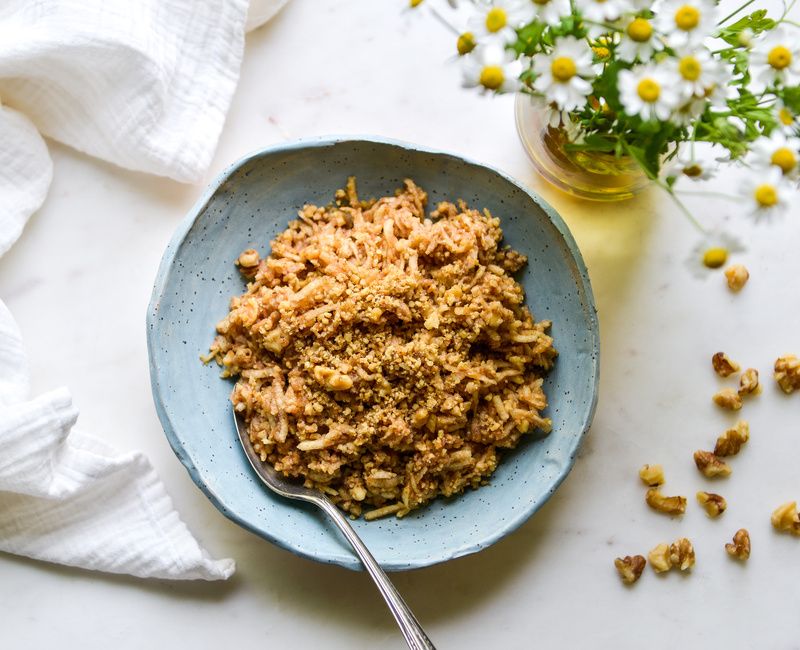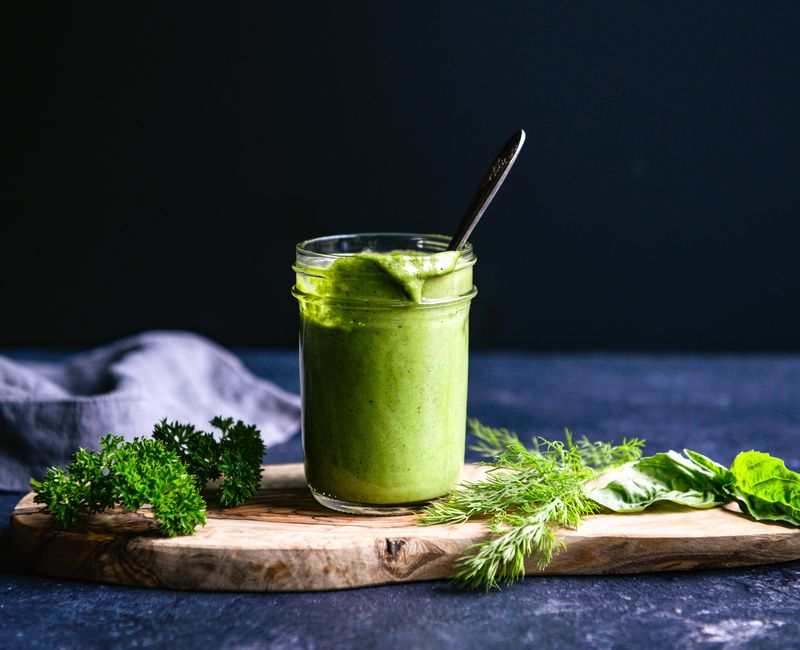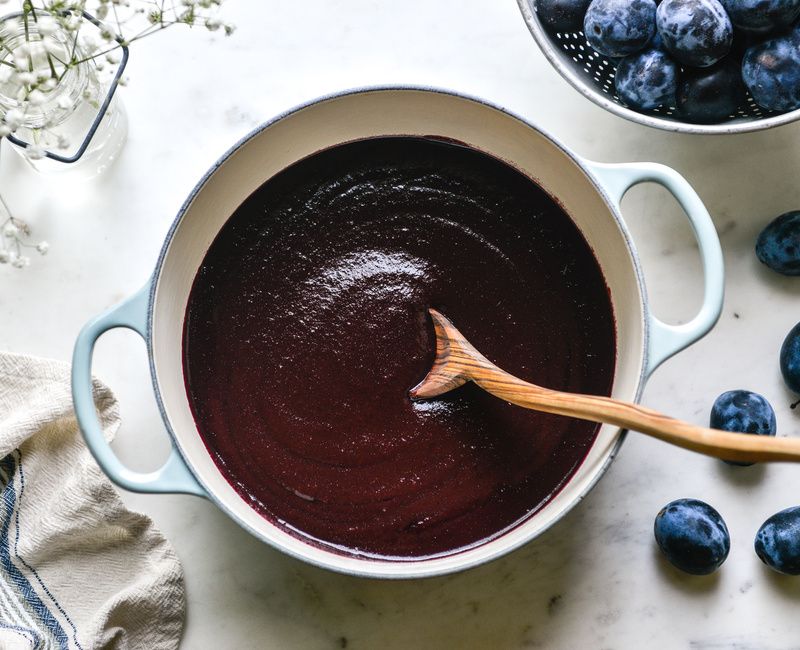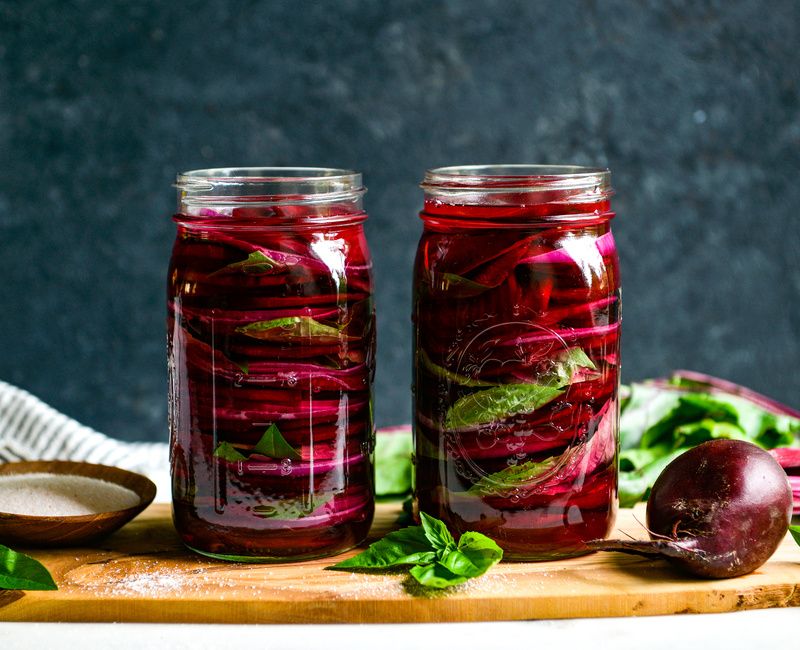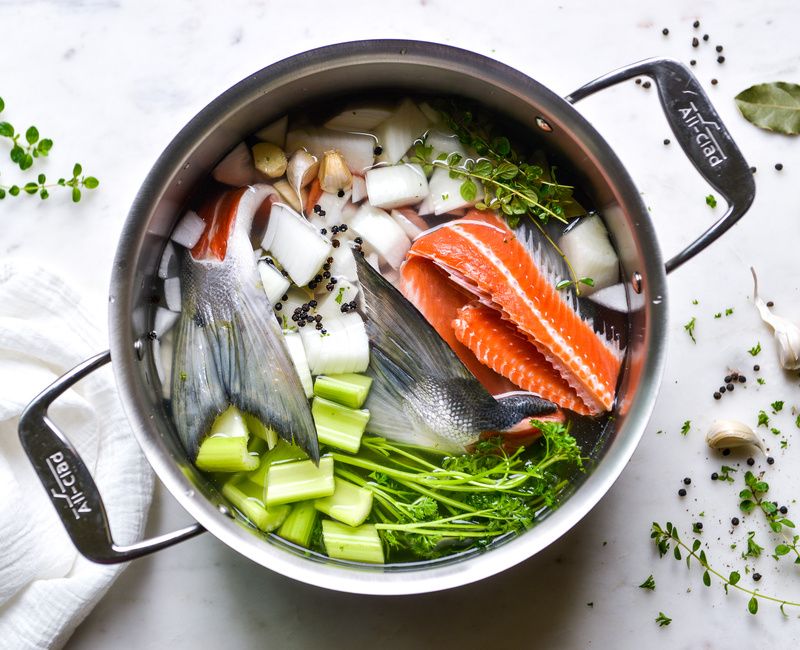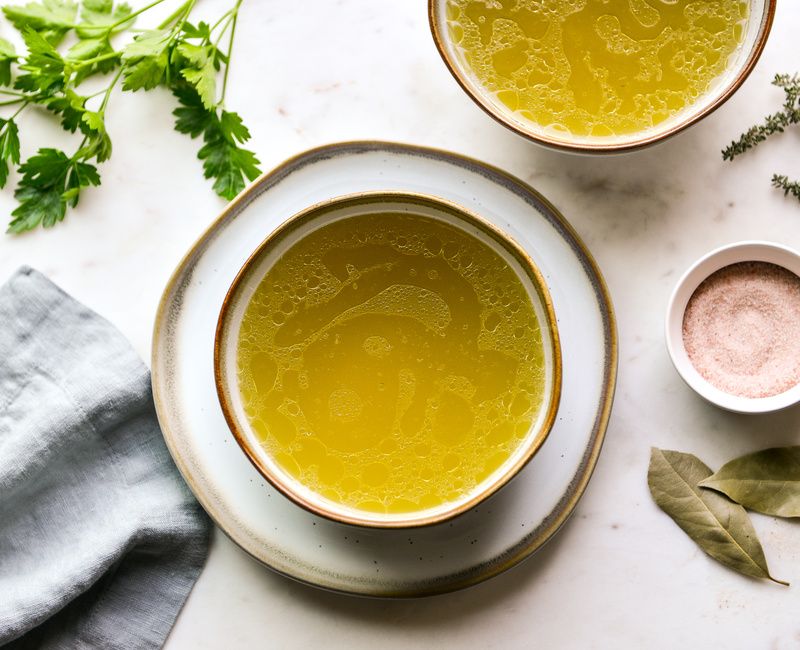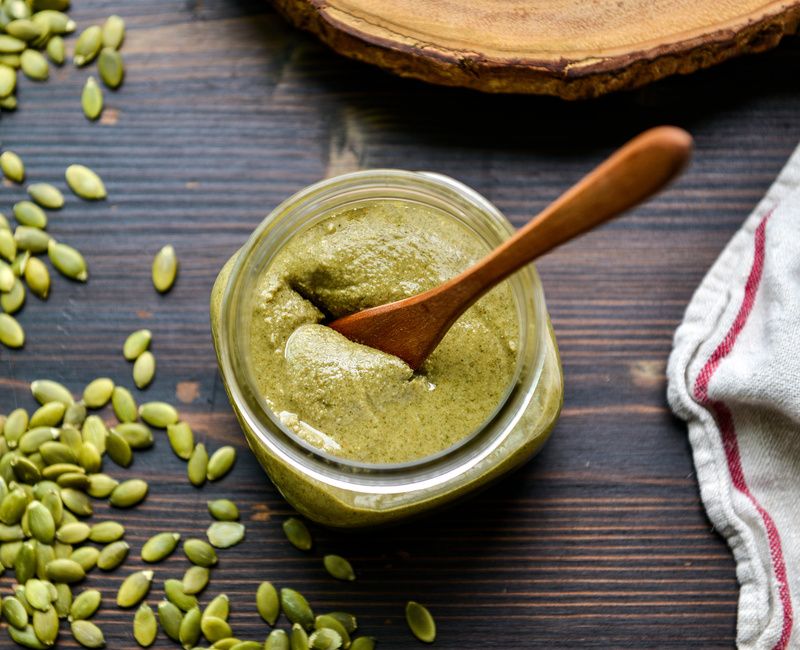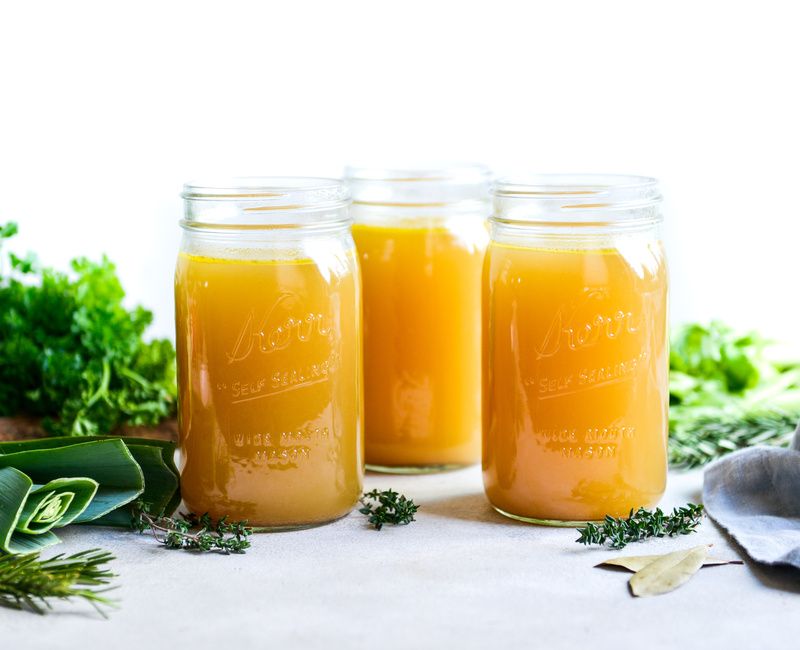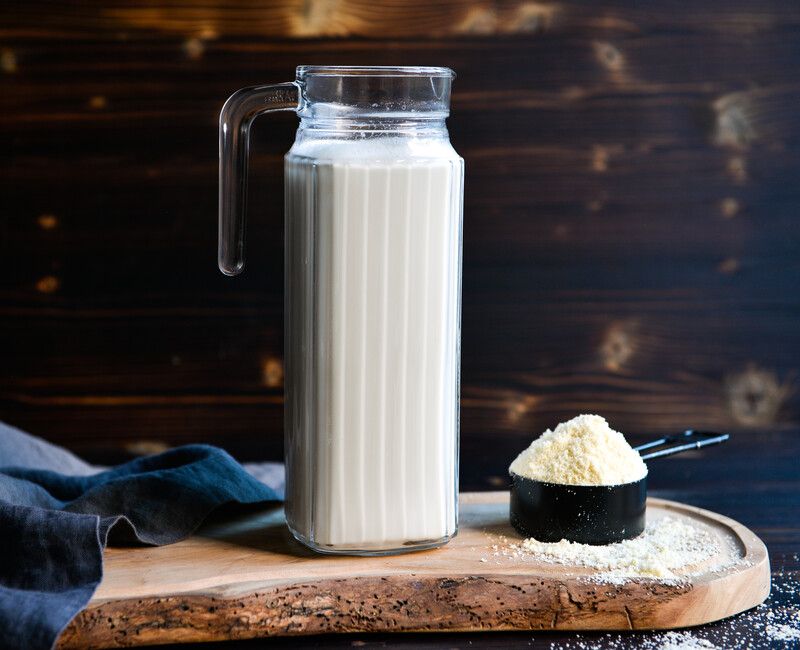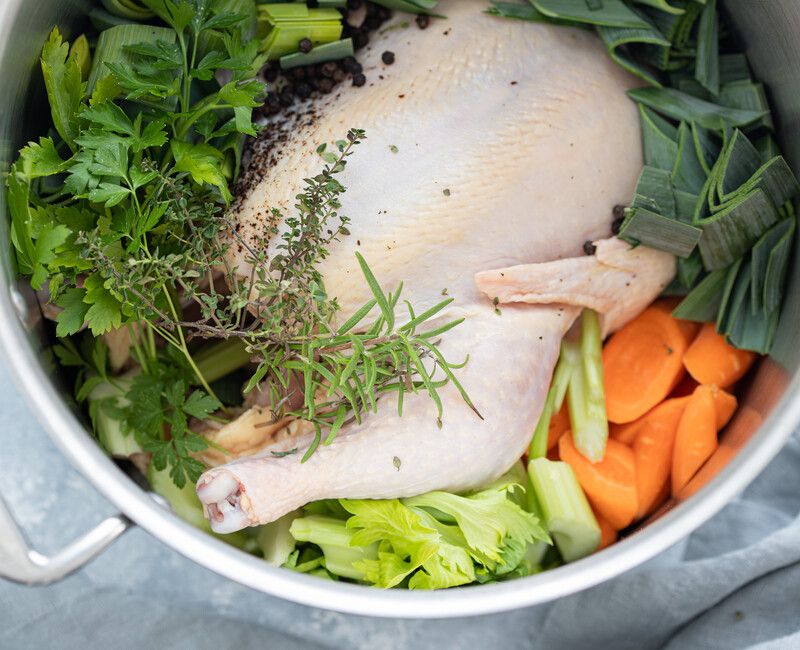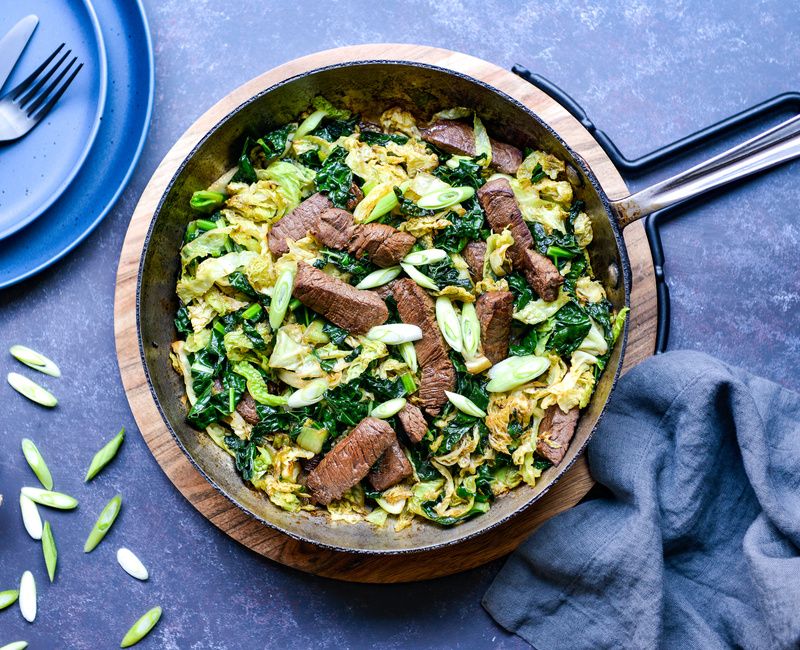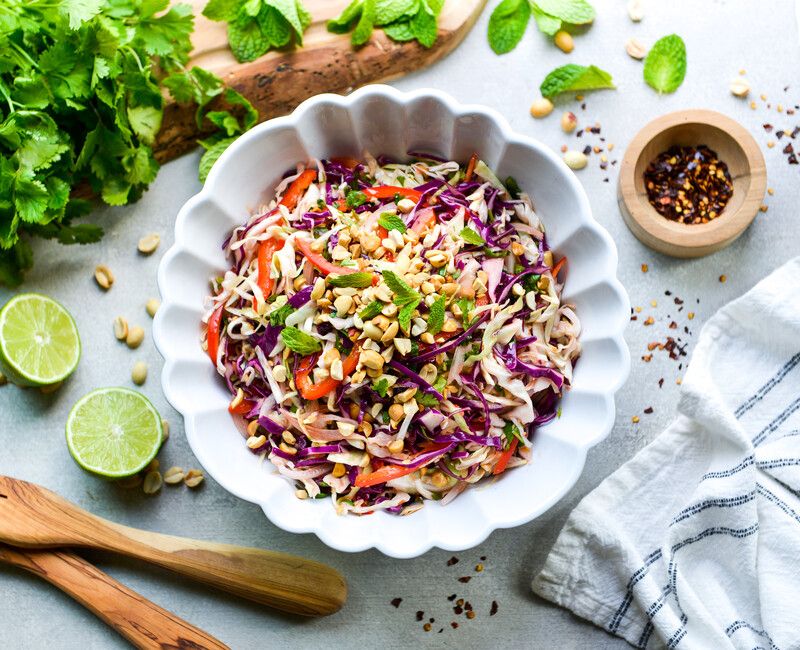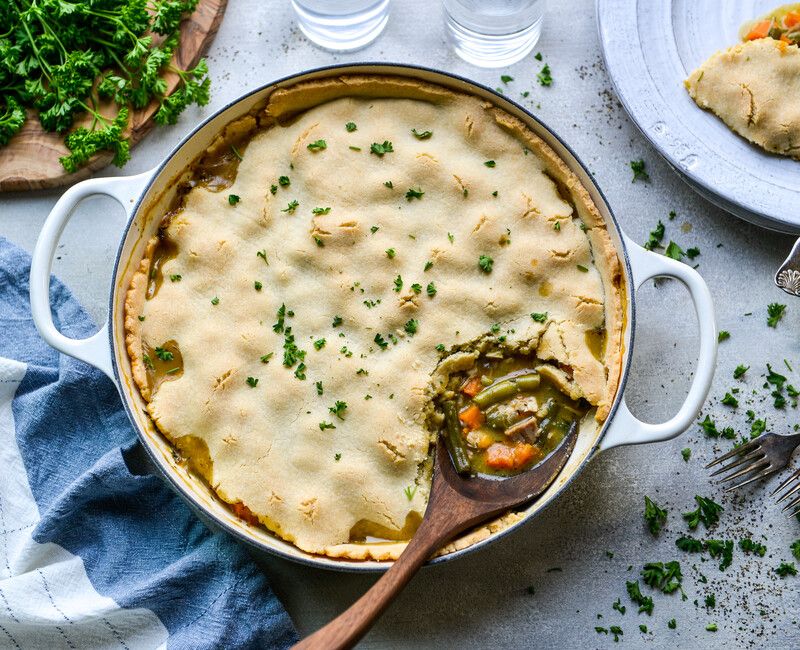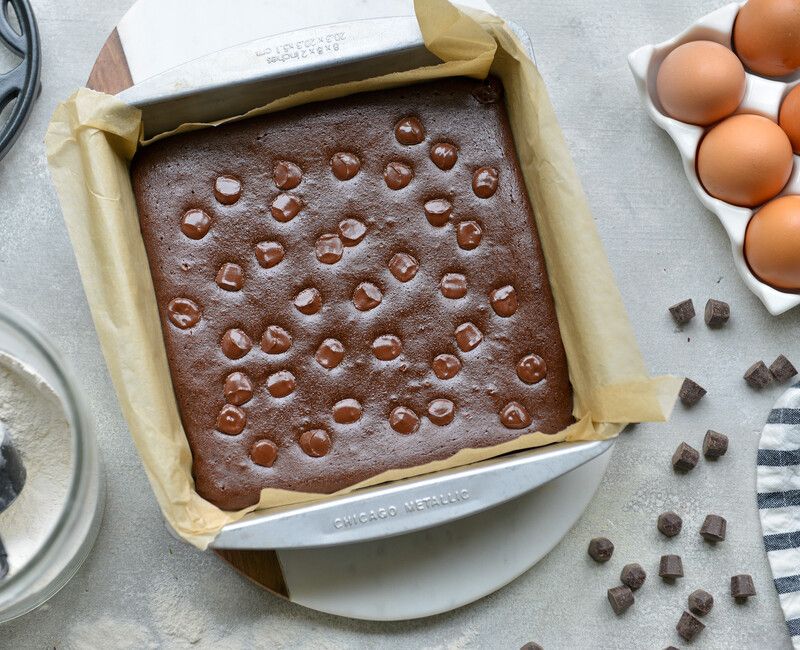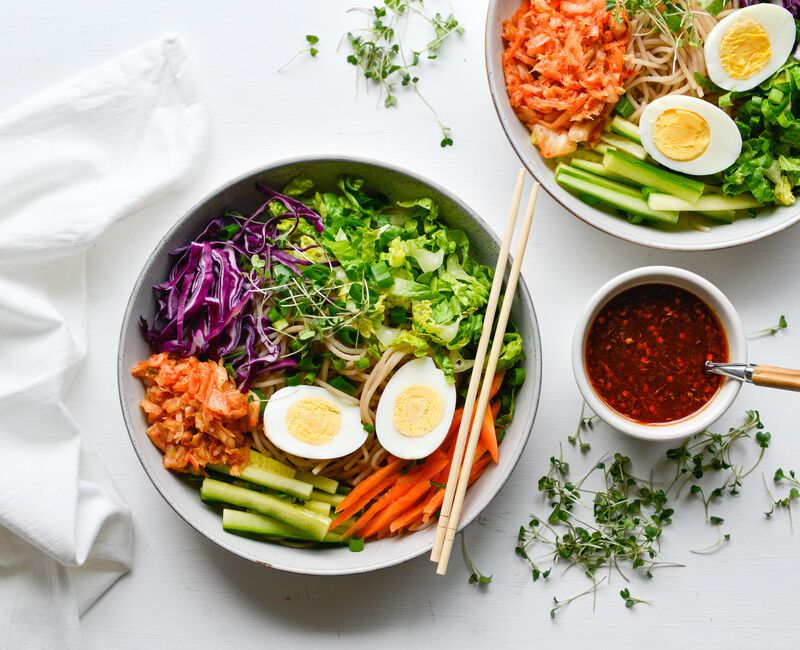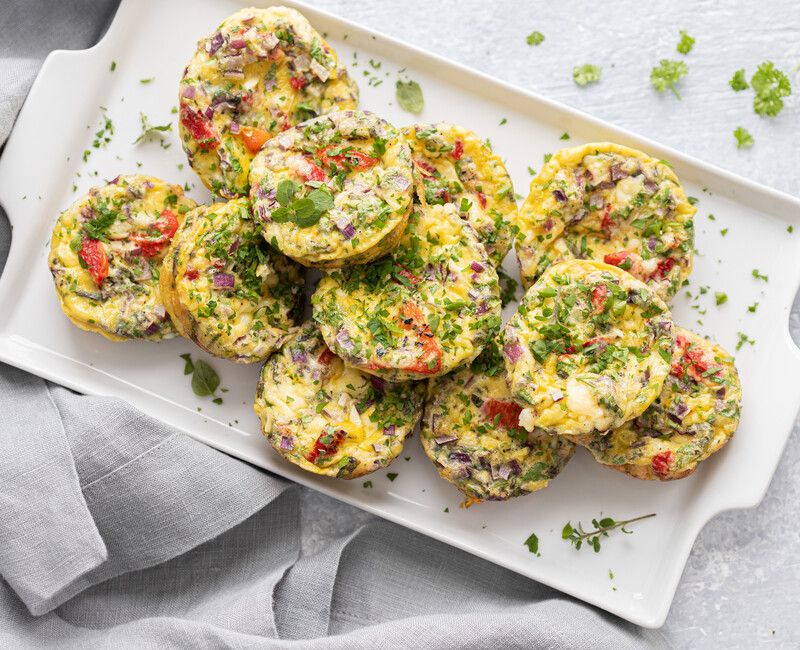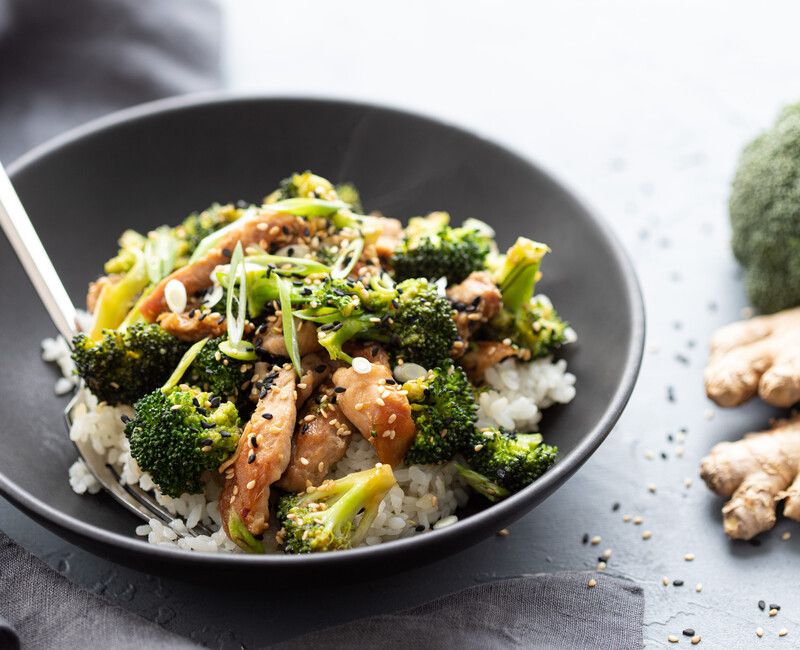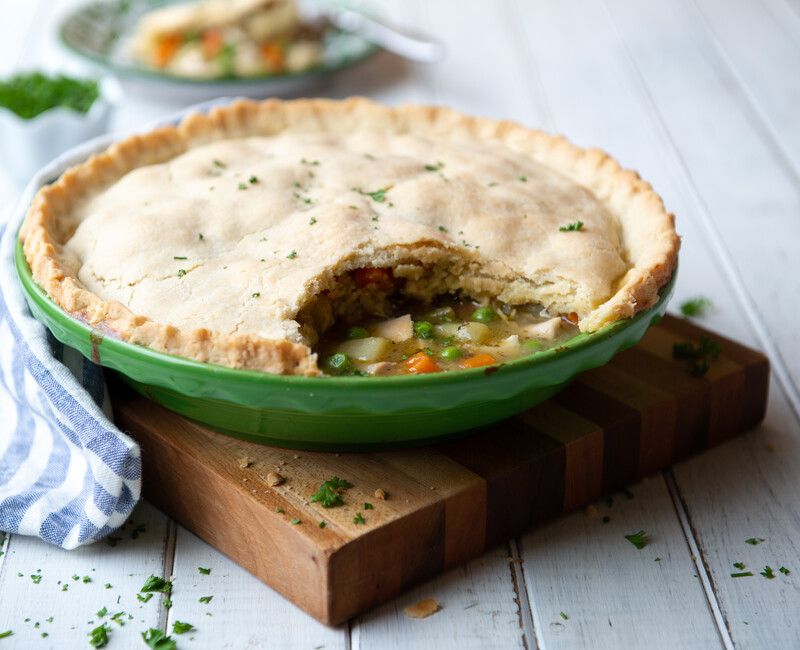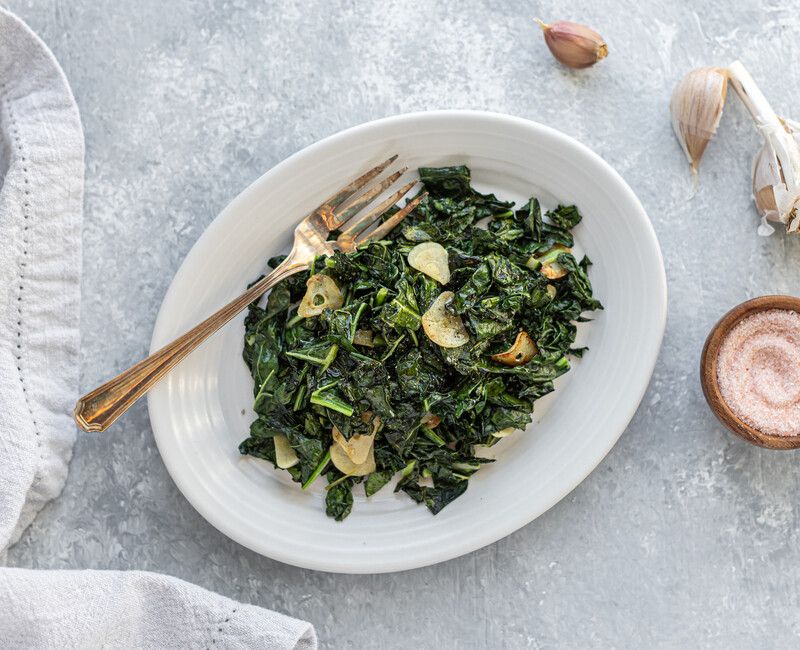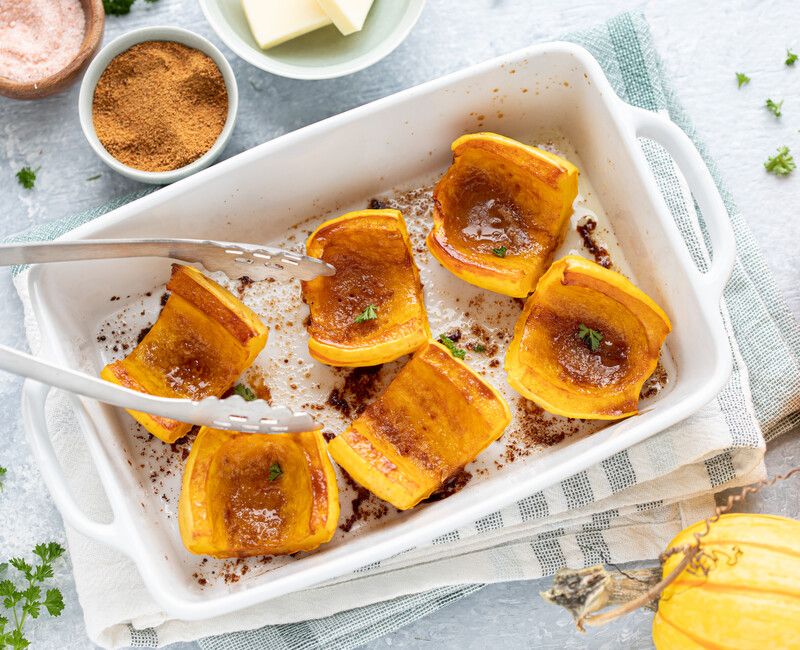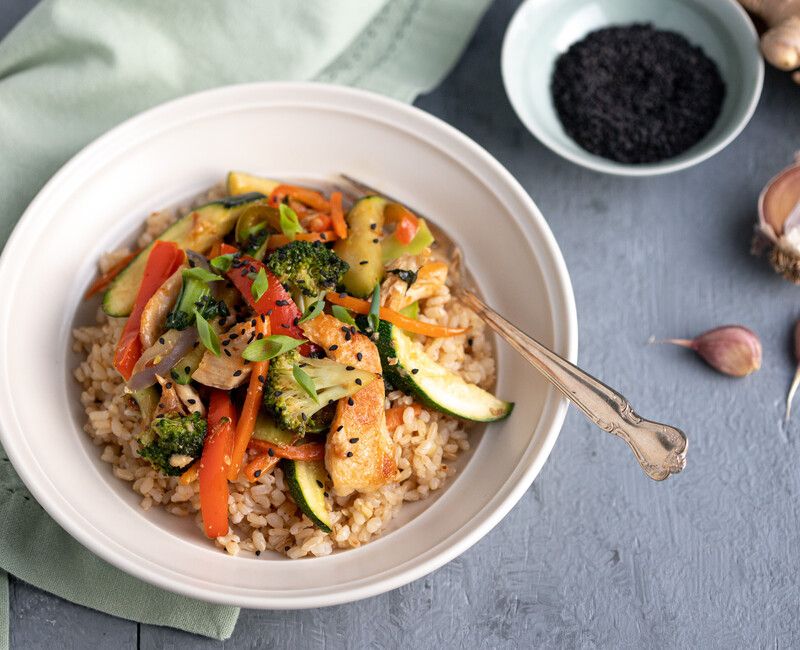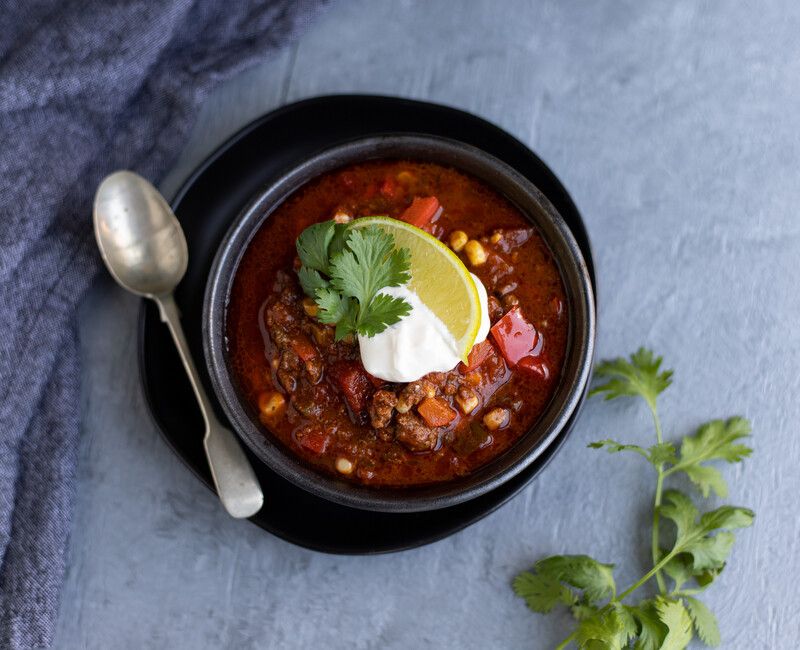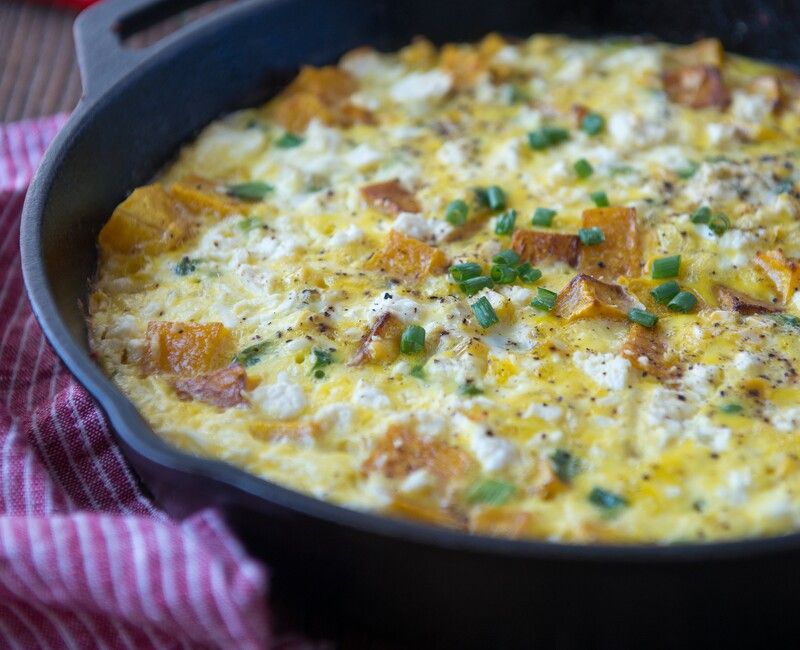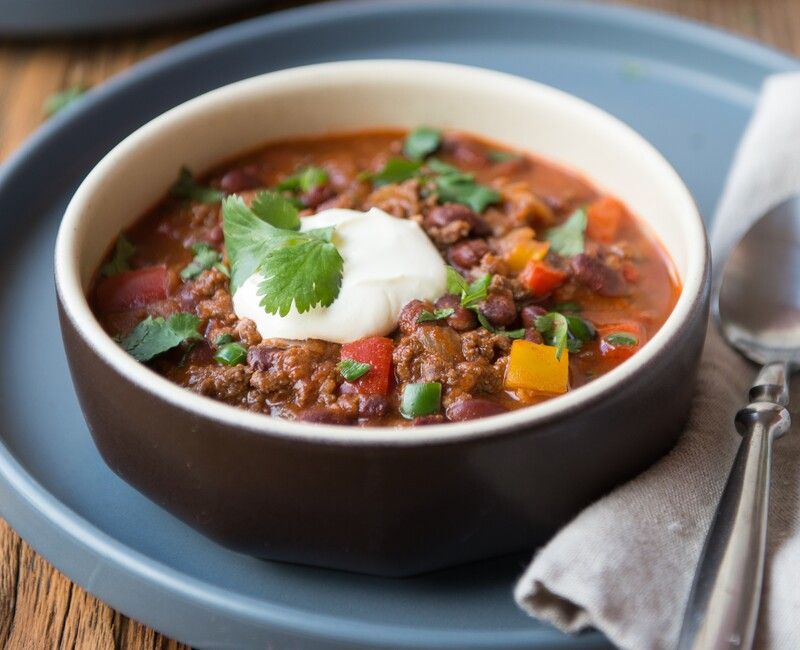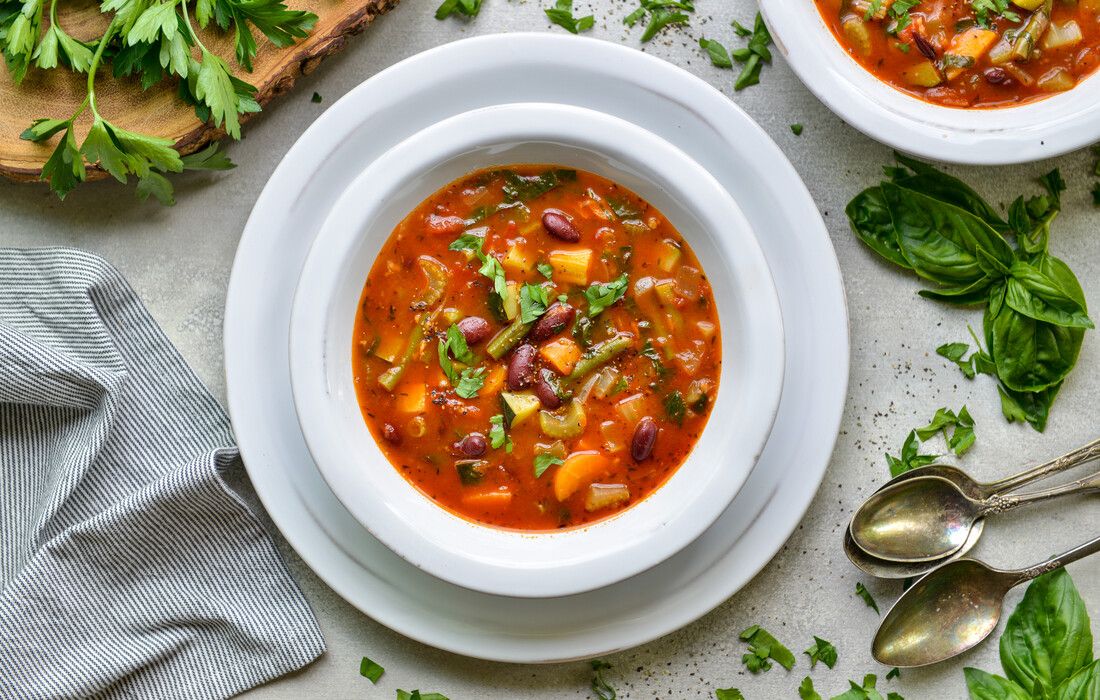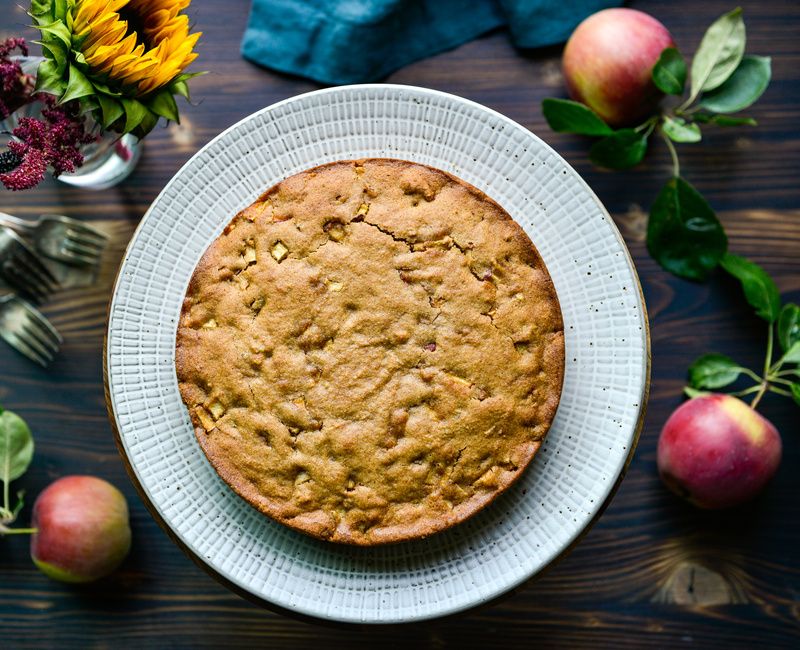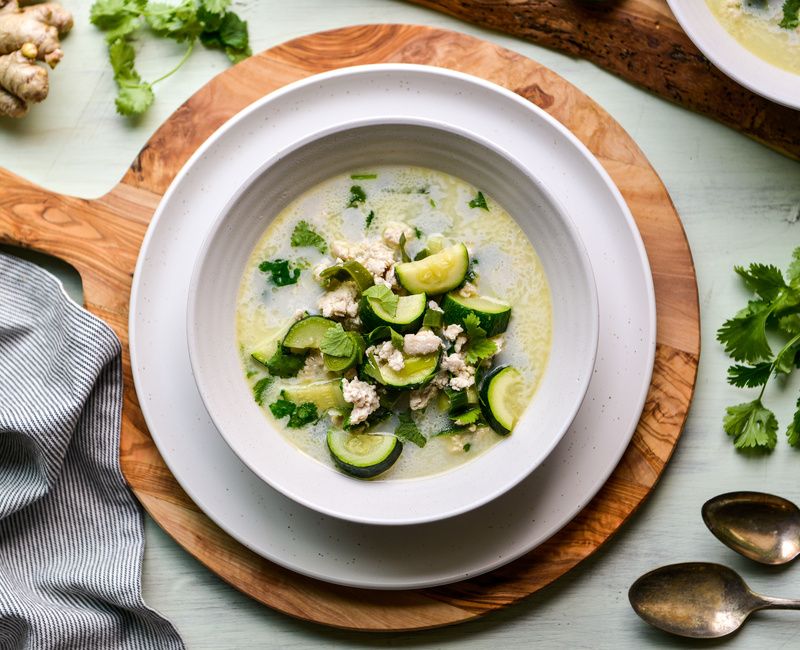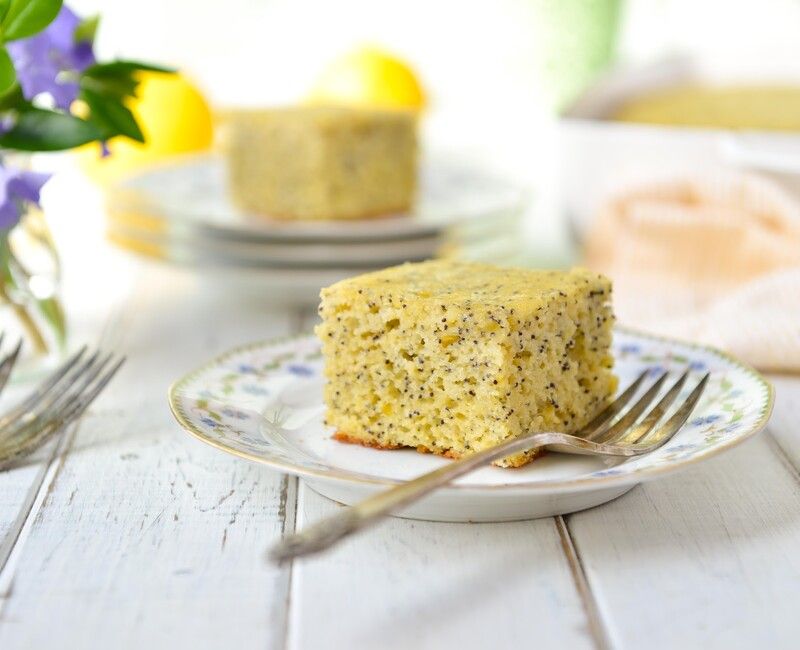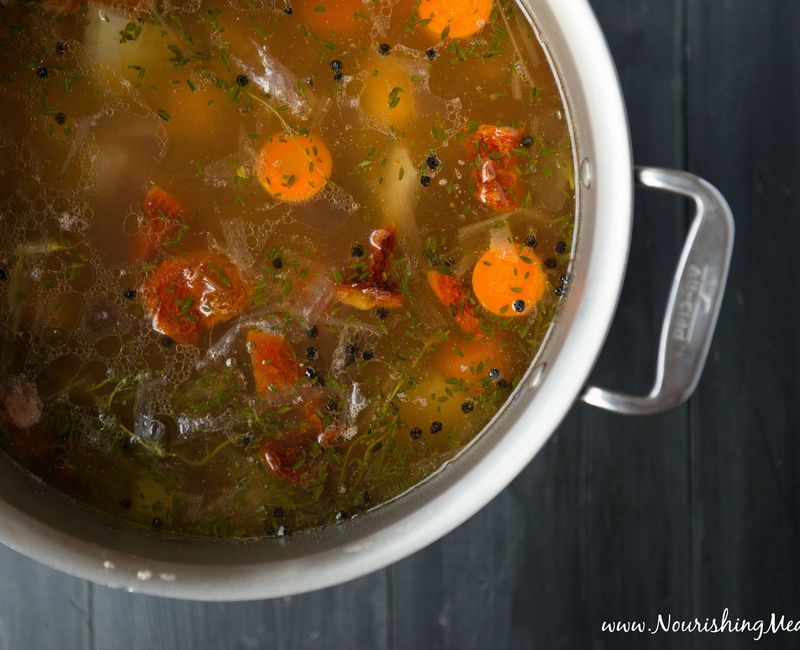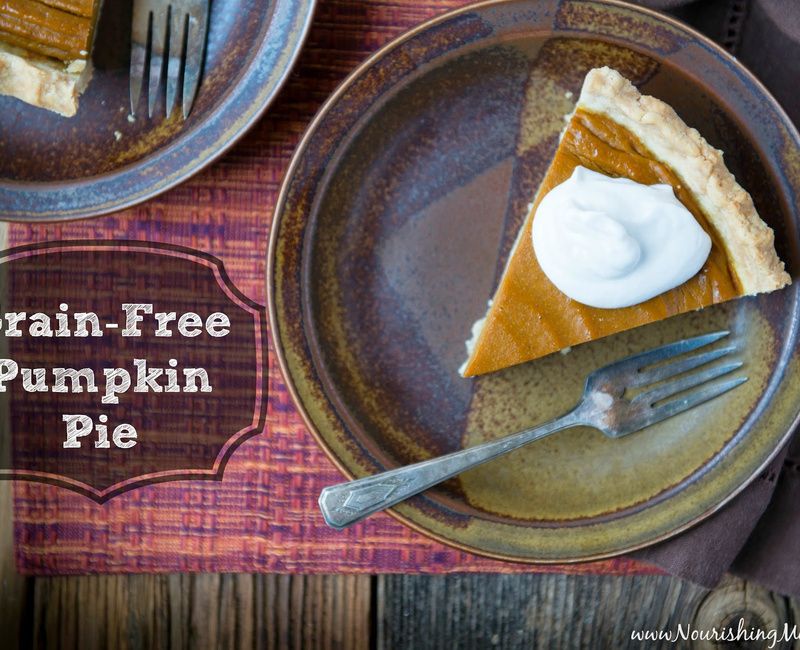Paleo Diet
Do you struggle with persistent sugar cravings, weight loss resistance, low energy, inflammation, or mood imbalances? These symptoms are often rooted in deeper imbalances that begin with the foods we eat. The Paleo diet offers a powerful reset—removing processed foods, grains, dairy, legumes, and refined sugars that can disrupt digestion and immune function, and replacing them with the nutrient-dense, anti-inflammatory foods your body was designed to thrive on. By emphasizing fresh vegetables, high-quality proteins, and healthy fats, the Paleo diet helps stabilize blood sugar, calm inflammation, restore gut health, support mental clarity and strength, enhance exercise performance and muscle gains, and provide a strong foundation for healing. It’s relatively easy to follow, rich in vitamins and minerals, and contains a proper balance of macronutrients. More than just a return to ancestral eating, it’s a return to balance, energy, and the vibrant health that is your birthright.
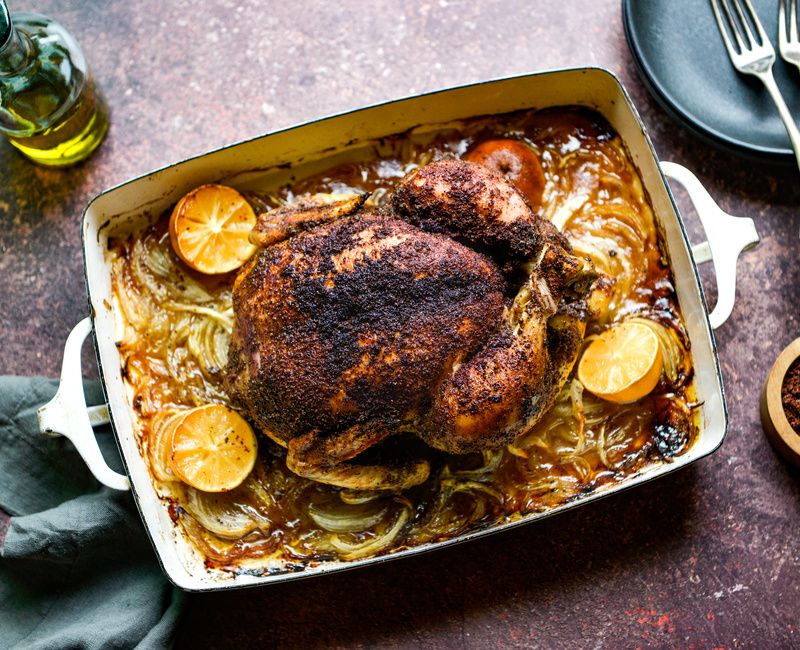
Latest IFM Core Food Plan Recipes
Paleo Diet Safe with Modifications
What is the Paleo Diet?
The Paleo diet is a nutritional plan based on the presumed eating habits of our ancestors during the Paleolithic period, between 2.5 million and 10,000 years ago. The core idea is that the human body is biologically adapted to eat only the foods that were available before the advent of agriculture—namely vegetables, fruits, meats and organs, fish and seafood, nuts, and seeds. All processed foods, grains, legumes, and dairy products are excluded. Proponents suggest that modern chronic diseases may stem from a mismatch between our ancient genetics and the foods introduced in the agrarian era.
Fossil records reveal that humans experienced more disease, shorter stature, and diminished dental health after shifting to grain-based diets. Some believe this is due to compounds like phytic acid and lectins—"anti-nutrients" found in grains and legumes—that can impair nutrient absorption and irritate the digestive system. These effects are more pronounced in individuals with an imbalanced gut microbiome, as beneficial bacteria help degrade these compounds.
By removing inflammatory foods and focusing on nutrient-rich whole foods, the Paleo diet naturally becomes gluten-free and dairy-free. It encourages a lifestyle rooted in fresh air, movement, and eating in harmony with nature.
Who is the Paleo Diet For?
The Paleo diet can be particularly beneficial for:
-
Individuals with celiac disease or gluten sensitivity
-
Those healing from autoimmune disorders
-
People with chronic inflammation or digestive issues
-
Children or adults who are depleted or undernourished
-
Individuals with skin issues like acne or eczema
-
Athletes seeking improved recovery and performance
-
Anyone wanting to remove processed foods and improve energy and mood
How Does the Paleo Diet Work?
The Paleo diet works by eliminating modern, processed foods and returning to a way of eating that is rich in nutrients and minimally inflammatory. By removing gluten, dairy, refined sugars, legumes, and grains, the diet reduces exposure to food compounds that may impair digestion or provoke immune responses. This allows the gut to begin healing, blood sugar to stabilize, and nutrient status to improve.
Foods to Eat on the Paleo Diet:
-
Fresh vegetables
-
Fresh fruits
-
Wild game (elk, antelope, venison)
-
Wild-caught seafood (avoid farmed fish/shellfish)
-
Pastured and organic meats and poultry (beef, lamb, chicken, turkey, pork)
-
Organ meats (from pastured animals)
-
Healthy fats (olive oil, coconut oil, avocado oil, rendered tallow and lard)
-
Natural sweeteners (honey, maple syrup, dates, coconut sugar)
-
Paleo flours (cassava, almond, tigernut, arrowroot, tapioca)
-
Nuts and seeds (almonds, macadamia, walnuts, hazelnuts, flax, chia, pumpkin seeds)
-
Unrefined coconut products and nut milks
-
Beverages like kombucha beer, red wine, organic coffee, and tea
Foods to Avoid on the Paleo Diet:
-
All grains and grain flours (wheat, rice, oats, corn, quinoa, millet, etc.)
-
All legumes (beans, lentils, peas, soy)
-
Peanuts
-
Dairy products (cow and goat milk)
-
Potatoes (white; sweet potatoes are allowed)
-
Refined vegetable oils
-
Refined sugar and artificial sweeteners
-
All processed and packaged foods
-
Soda and sweetened beverages
-
Beer (contains gluten and grains)
Benefits of the Paleo Diet:
The Paleo diet offers a wide range of health benefits, especially for those looking to reset their diet and reduce inflammation. When followed properly, it is rich in essential vitamins, minerals, and antioxidants. It supports blood sugar balance, hormone regulation, and digestive health.
Potential benefits include:
-
Reduced inflammation
-
Weight loss and improved body composition
-
Better blood sugar and insulin regulation
-
Improved energy and mood
-
Resolution of skin issues such as acne or eczema
-
Decreased food and environmental allergies
-
Support for autoimmune conditions
-
Enhanced brain development in children and fetuses
Challenges and Drawbacks of the Paleo Diet:
While the Paleo diet can be healing and restorative for many people, it’s important to recognize its potential limitations.
The complete removal of grains and legumes is one of the most controversial aspects. Cultures worldwide have consumed whole grains and beans—such as rice in Asia, quinoa in South America, and millet in Africa—for thousands of years without the chronic disease rates seen today. These foods are rich in fiber and prebiotic compounds that support a healthy microbiome. While lectins and phytic acid may be problematic for those with poor gut health, these compounds are largely neutralized through soaking, sprouting, cooking, and fermentation. In fact, phytic acid may even have anti-cancer benefits.
Studies also show that plant-based diets rich in whole grains and legumes can reverse chronic diseases like type 2 diabetes and obesity. The Paleo diet’s heavy reliance on animal products can pose sustainability and affordability issues, especially if one is sourcing organic, pastured meats. Overconsumption of animal fats may also lead to toxin buildup due to bioaccumulation in the food chain.
Another concern is glyphosate contamination in conventionally grown grains and legumes. This herbicide disrupts microbial balance in the gut and is linked to a variety of health issues. Choosing organic grains and beans can mitigate this risk without requiring complete elimination.
Ultimately, a rigid Paleo framework may not work for everyone. A more intuitive, personalized approach—one that listens to the body and adapts as health improves—may offer the best long-term results.
How Do I Start the Paleo Diet?
-
Become a Nourishing Meals® Member today.
-
Begin by stocking your kitchen with raw nuts, seeds, Paleo baking flours, organic spices, and wild-caught seafood.
-
Download sample Paleo meal plans or build your own using our platform.
-
Add recipes to your personalized meal plan calendar and generate shopping lists with one click.
-
Explore new Paleo recipes added weekly. Join our Nourishing Meals Community Facebook Group to connect and share inspiration!
When you nourish your body with the foods it was designed for, you don’t just survive—you thrive. Let this be your invitation to come back to strength, clarity, and the vitality that has always lived within you.
| Plan | Length | Actions |
|---|---|---|
Easy Paleo Spring Dinners |
7 days | Please login to view and schedule plans |
Low-Carb Meal Plan Week 1 |
8 days | Please login to view and schedule plans |
Easy Paleo Fall Meals |
6 days | Please login to view and schedule plans |
Paleo Easter Brunch |
1 day | Please login to view and schedule plans |
Paleo Christmas Dinner |
0 days | Please login to view and schedule plans |
Nourishing AIP Dinners |
14 days | Please login to view and schedule plans |
Paleo Thanksgiving Menu |
0 days | Please login to view and schedule plans |
Beginner Paleo 5-day Meal Plan |
5 days | Please login to view and schedule plans |
Paleo Dinners Under 40 Minutes! |
6 days | Please login to view and schedule plans |
Paleo Holiday Dinner |
0 days | Please login to view and schedule plans |

